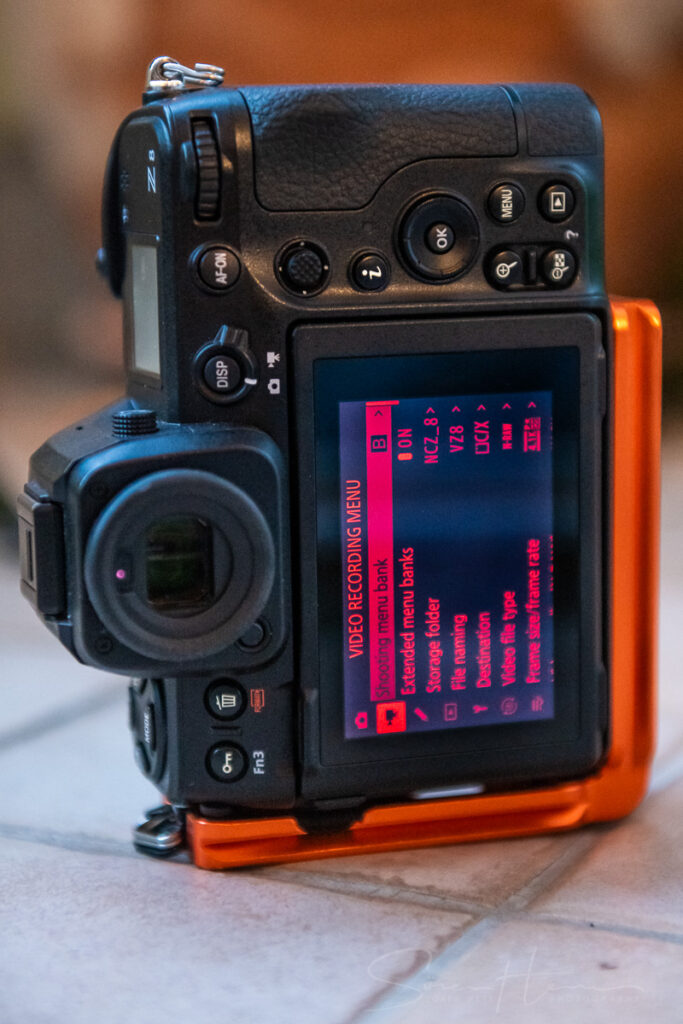The Nikon Z8 Workhorse Experience (Updated ’25)
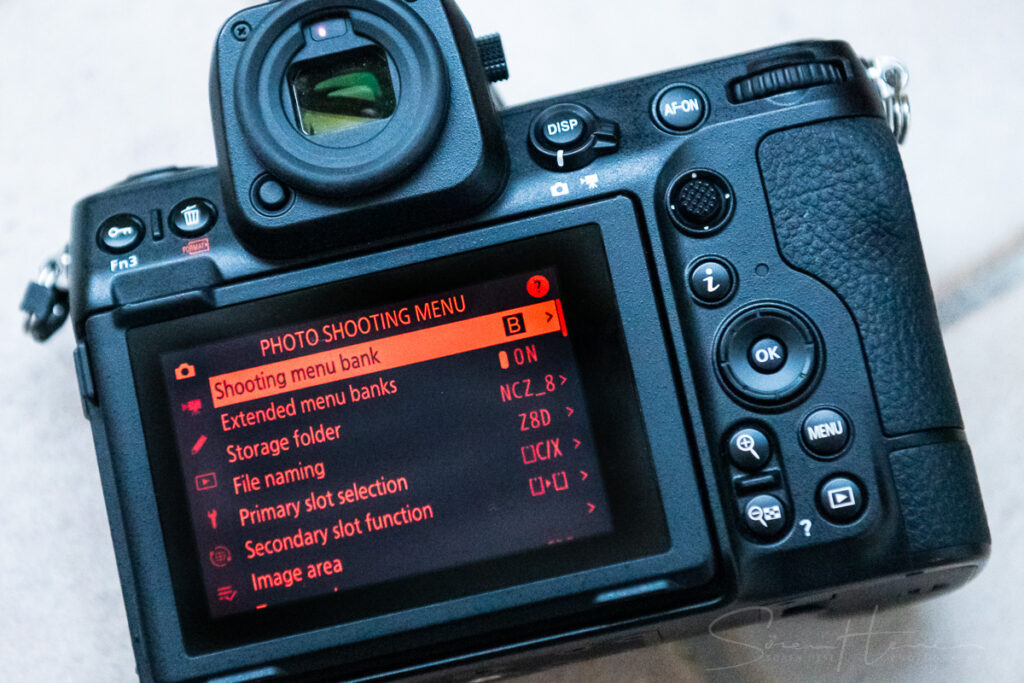
Z8 menus in deep space mode ;-)
Some subjective notes about my experiences with the Nikon Z8. Take from it what you like – your needs may totally differ from my needs ;).
First upload: 11.8.2024 (corrections: 14.8.24 & 18.8.24),
Update: 12.12.24: added Smallrig cage recommendations.
Update: 17.09.25: updated comments about battery usage and MB-N12 battery grip and firmware V3.
The Nikon Z8: get the full specs here at Nikons site. In short: full frame 45.7MP 14bit raw, video up to 4k120p or 8K60p NEV, EXPEED7, IBIS, images up to 120fps (JPEGs) with prerelease, raw up to 20fps, ML-based subject tracking, blackout free VF, no mechanical shutter.
When it comes to camera bodies I am really conservative and – I have to admit it – I am a die-hard optical viewfinder (OVF) fan. I guess its because I love to see the world through these clear bright and exact optical systems and without worrying too much about energy consumption, finder-lag, black-outing or highlight-blooming or whatever was the problem with these early electronic viewfinders. The D3 and later the D800 changed the way how I photograph due to the increased dynamic range and high ISO sensor qualities. Mirrorless cameras have always been to me like eating dried food – not really enjoyable for composing. I had my test runs with the Nikon 1 system and later with the Sony 6000 series and I found these cameras just never on par with DSLRs. I could not fully see or pre-visualize the final image in these EVFs. I found the EVFs to have unrealistic high contrast, not a realistic representation of extreme highlights and the viewfinder image update lag was just unacceptable, black-outing was always irritating. A lot has changed since the days of the Nikon 1 … and … I wasn’t much into filming these days … So I also didn’t care too much about the very good video frame-rates and supported video codecs. Mirrorless designs clearly always had the lead when it comes to frame rates and video codecs.
With the introduction of the Nikon Z9 in 2022 and with the Z9-twin – the Z8 (market intro in May 2023), the picture changed for me. I did not take the Z6 – Z7 cameras as serious pro system cameras when they were introduced. Most of my concerns with the first Z-cameras (EVF, power consumption, AF) were repeated everywhere in different slightly modified variants. When the Z9 with the EXPEED7 chip arrived things changed. Somehow Nikon managed to arrive in the mirrorless pro domain with the Z9 (and EXPEED7) and also included the needed video frame rates and codecs to make the Z9 THE raw video camera of choice within the Nikon system. Working with this camera seemed a consequent upgrade path from the high end DSLRs in order to integrate high frame rate video. However strangely Nikon missed some details with the introduction of the Z8 that they got right when they did the D3/D700 twins years ago. The Z8 cannot use the batteries of the Z9, it has no GPS and the selector wheel on the left camera shoulder is missing. The Z8 upper outer camera body is made with an outer plastic composite shell that feels strong but is not on par with the build quality of the Z9. Some other details: you will hardly find a possibility to create multi exposure overlay NEF (RAW) files. Nikon dropped this option from the Z-cameras. I think nobody knows why … . But it clearly is a step back from what we had before and especially the pro nature photographers are now really scratching their head.
So here my list of Pros:
- Incredible AF performance! – the dynamic AF-sensor change with moving objects/subjects is just mind blowing – it works so good that it looks like a wizard is being at work from time to time. The AF kind of sticks to its subjects and follows subjects through the full frame. For some the AF performance alone will be the key buying incentive. I see that very clearly – it’s a game changer.
- High speed raw footage now in-camera possible – 8k60p and 4.1k120p N-Raw 12-bit (NEV) are really great data formats to begin with when editing (but as a consequence very fast and big CFExpress cards (B-type), and specific decoder software needed – LUT files can be downloaded from Nikon. In 8k60p N-Raw the camera writes 730MB (sustainable) to card … per second! Just go figure: you need at least 512GB CFExpress cards!
- Versatility: You can switch the camera easily from a 20fps raw stills camera in AF-C 3D tracking mode to a video camera with 3D subject tracking with the move of one button and without removing the eye from the EVF. That is very efficient when you want to do both footage and stills – it’s a game changer for the sports shootings where you want to combine stills and slomo video footage.
- Lenses: access to the very much improved optical performance of the Z-mount wide angle lenses! this is indeed another reason to buy into the Z-system. The Nikon Z 14-24 f2.8 S is on my list. It’s the perfect “shoot into the sun” wide angle lens with basically no flare at all. The 24-120 f4 S is another performer and I will also add a fast prime (likely the Nikkor Z 135mm f1.8 S Plena) in the future. However I am reluctant to buy new sports tele lenses. My F-mount 400mm f2.8 and the 70-200E f2.8 just work perfect on the Z8 (maybe even better than on my D850?).
- USB-C power supply now possible to charge your battery in-camera directly from a power bank. Nice to have category. This is also handy for UW shooting – the AT Z8-housing has some space for an USB power bank.
- Buffer: the camera is not buffer limited anymore with 15 frames/second NEF lossless compressed (its now always 14 Bit). You can shoot as long as you like with this speed (top speed CFE-card needed) – this quickly fills every card. With 20 fps however you hit the buffer wall quickly. With 30/60/120 some other restrictions apply (30 fps Jpeg only, 60 and 120 fps only in DX).
- Very short high speed exposure times with 1/32000 of a second at ISO64 possible – this makes a difference when you shoot water scenarios – perfect for shooting waves and the like and for using f1.2 lenses at full sun-shine without NDs.
- Some new technical solutions: Pre-Shot captures, but only works with JPEGs! for me its – so far – useless but there are applications. Pixel Shift Shooting (only works from a tripod and no vibration please, I dont see much use so far, resolution gain seems minimal but needs more testing), Auto Capture (with lots of configuration options), “Warm display colors” (this one is really helpful in the night – all menus go dark red – uhhh I love it). IBIS (sensor based image stabilization) not new but for DSLR users this is a nice change und “updates” also old Nikkor AI-S MF-lenses.
- Incredible amount of button and system configurations. Be prepared to work with the menus for some hours when you start configuring your Z8/Z9. There are a lot of options to make this camera your own.
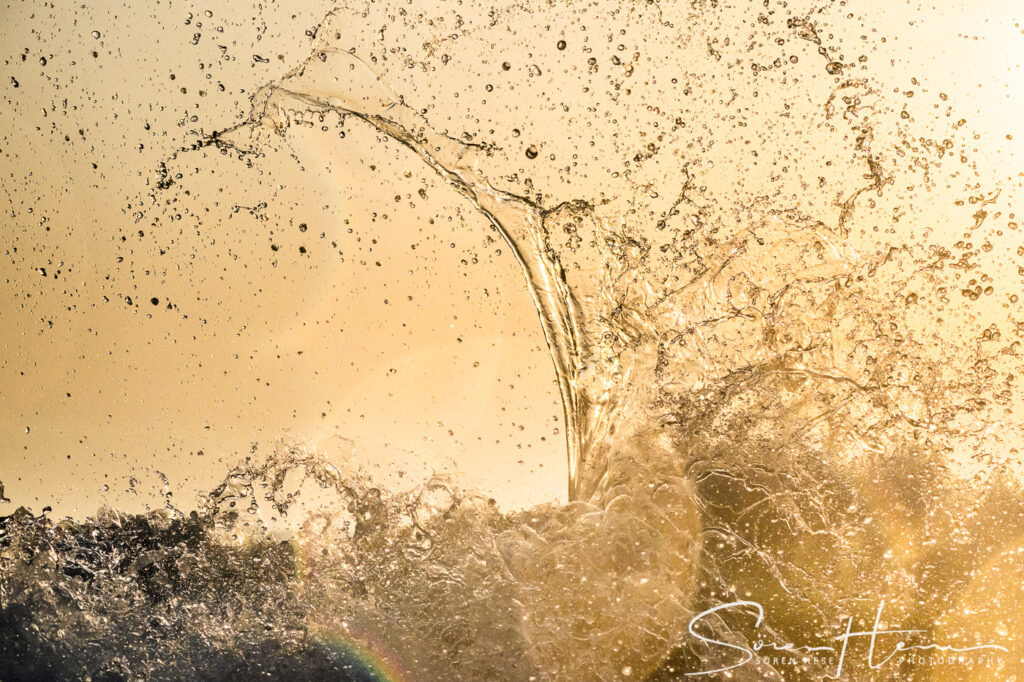
Pro or Con – depends on usage:
The hinged display design: its a complex construction and I wonder how long this will last the wear and tear. I only need that occasionally, others heavy rely on this.
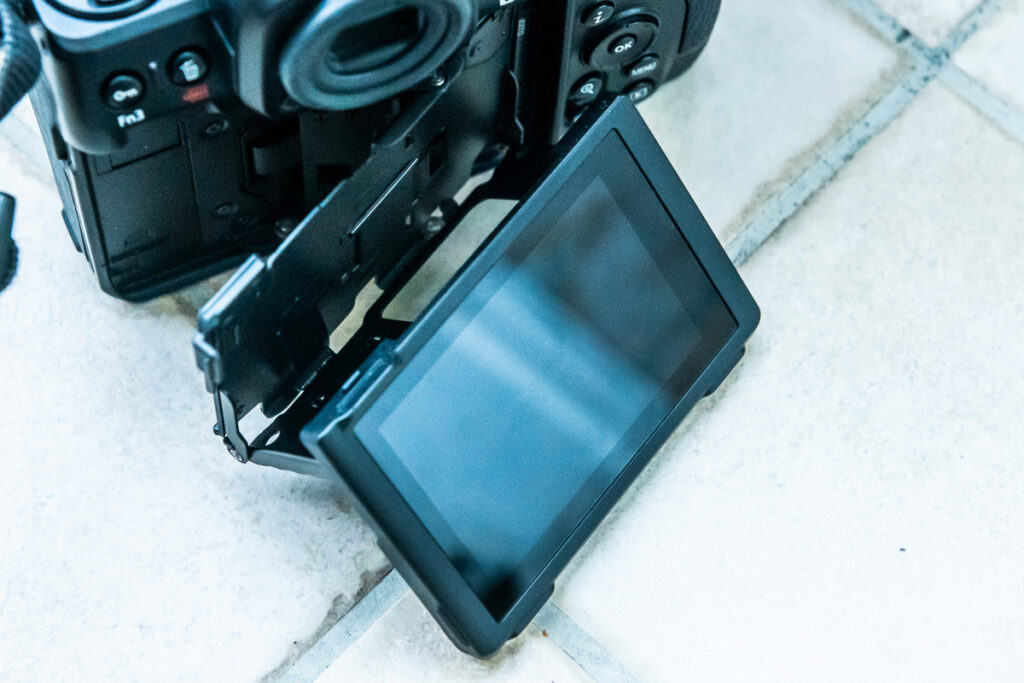
Batteries (on Z8) are just dying quickly – have some spare EN-EL15C at hand or go for the MB-N12 (a pity that the N12 cannot use the bigger Z9 batteries). Advantage: you can hot plug batteries with the MB-N12 when filming. The Z8 together with the N12 looks really ridiculous big. If you plan to directly buy the Z8 with the N12 then: buy the Z9! My D850 was good for 2000 shots and 3-4 hours of shooting with one battery. The Z8 needs two batteries for that but to be fair I also did some very short 4k120p clips with the Z8.
I am ambivalent about the battery issue with the Z8, it’s a give and take – for some the form factor of the Z8 and hot swapping is important – for some others – the sports photogs – the bigger battery of the Z9 would be desirable. So it goes. Overall I believe Nikon crippled the Z8 here to differentiate this camera better from the Z9.
Cons:
- Dynamic Range performance compared to other Nikons: one of the specs that is important to me is the dynamic range at different ISOs. Overall the Z8 seems to behave like a D850 but there is a DR-dent in the 100-800 ISO range that is slightly disturbing – so you want to stay below 100 or move directly to 800? what? … D850 seems to win here. Compare with the following graph (btw. the Z6III performs even worse in this section). This seems to be a consequence of the dual-gain technology of the Z8. For maximum DR I go to ISO64 with the Z8, with the D850 dialing in ISO100-200 will do about the same. You clearly want to avoid ISO400 when you want max DR: even ISO800 gives slightly better results on the Z8 than ISO400!
- EVF is still not my favorite – it’s always too contrasty compared to reality and slower video frame rates will always also show somehow in the viewfinder (I use “Picture Control”:NL). Tone-Mode: HDR is nice but limits ISOs. But: composing with strong ND filters is easier than in DSLR-land and when it gets dark the EVF just works like a night vision system. Want to previz B&W modi? the EVF nicely shows custom B&W profiles. And see remark re Airplane mode … .
- Slow wake up from power save – for me constant annoyance. For important shootings with lots of action – just disable power save!
- Build quality (Z8) slightly too much on the plastic side for my taste (Nikon calls it “Seerebo Carbon Fiber”), but it feels solid – your mileage may vary. Overall the Z8 is not on-par with the D850 in that regard (and the Z9 not with the D6). Time will tell how the Z8 will survive the wear and tear.
- Overheating in UW-housing: using the Z8 in an underwater housing you quickly experience a card overheating warning. It also happens when you shoot raw stills at 20 fps but clearly comes up more quickly with raw 4.1k120p. It does not seem to escalate to the high overheating warning and I did never see a shutdown countdown but be warned. The Z8 in an UW housing gets very warm! to a point were its uncomfy to hold the camera when you drag the Z8 out of the housing – it gets hot!
- No NEF raw multi exposure overlay possible – you can however bake a JPEG from multiple exposures. For those of us that sometimes do photo competitions and don’t like the JPEG format (me included) this is a real problem and I know some who keep the D850 because of this issue. The JPEG overlay however nicely shows how the additional images fit onto the first exposure.
- Some minor issues imo:
- Z8 has no drive mode ring selector on the left camera shoulder. Thats a bit odd given that the Z9 has one and I am missing this one clearly, it’s always nice when things fall into place the way you expect it and to see settings when you just grab the camera.
- Older AF-D lenses: important to know – if you have an arsenal of older AF-D lenses with screw-driver autofocus: this AF-type is not supported by the Z8 – there is no in-camera AF motor at work with Z cameras and also none in the FTZII adapter. Older lenses like the AF-D 85mm f1.4 or the DC lenses 105/135mm f2 are basically MF lenses on the Z8 although metering will work nicely – it doesnt make a difference with some exotics like the Nikkor 19mm f4E PC since this is a manual focus lens (well it’s also not a “D” lens). But this will make these AF-D lenses affordable on the used market since most pros sold these old lenses or are going to sell these lenses now (but quality wise f.e. the new Nikkor Z 135 mm f1.8 S Plena lens runs rings around the old Nikkor 135 f2 DC).
- Adobe is (as of 2024) not supporting the Nikon video N-Raw (NEV) files. So no raw footage processing in Adobe After Effects or Premiere. Only Davinci Resolve Studio supports NEVs with these high frame rates and the N-RAW format. You really also have to update the software side but Davinci Resolve Studio is not subscription based and it’s top notch software – so this is a very good investment. Adobe Lightroom seems to struggle a bit with the smart previews from the Z8 NEFs – at least some of the smart previews get corrupted regularly – not a big deal since these files appear perfectly ok again when you have the source disc attached again.
Overall an expensive upgrade path ahead when you make the switch: more new batteries (only lion20 versions of the old EN-EL15 will work, EN-EL15C are needed, fast CFExpress cards needed (the fast 512GB Angelbird AV Pro SE (B-type) works nicely and starts with 150€ each), new card reader, FTZII adapter for older F-mount glas needed, and new lenses are on your list since at least the Z wide angle lenses are much improved optically compared to the older F-mount wide angle lenses (adds quickly 8-10k € to your shopping cart when you want to be covered with the usual zoom lenses). If the sports teles are also on the list – add at least another 10-14k, haha – the last time I checked the equivalent Z mount tele lenses with my F-mount sports teles the update would cost me approx. 17k€.
Also a new L-bracket is needed. The Smallrigg 3942 L-bracket is sold everywhere but imo it’s a wee bit on the wobbling side, I did send mine back. Better buy the Leofoto LPN-Z8 although both look identical the Leofoto is more sturdy imo. The best however seems to be the 3LT ZOOEY OD Arca Bracket (all made in China). The 3LT is made from one piece of Magnesium/Aluminium? and it shows. I haven’t tested the RRS or the Kirk version. Usually the RRS bracket is the best thought-through solution but this time I also like the 3LT (and in Germany the RRS brackets cost a fortune). All these solutions have no hex screw at the camera strap hinge and therefore vertical orientation is not perfectly stabilized imo (3LT has a at least a contact screw).
Update in Dec. ’24: if you plan to do more footage and photography is not the main application, than the Smallrig Cage solution 3940 seems to be a very sturdy solution. It additionally directly bolts into the camera strap hinge on one side. BUT: it’s not an L-bracket! There is hardly a way to use the cage for vertical shots on a tripod – it lacks the vertical Arca-style tripod adapter. However I really like how the 3940 fits to the Z8 and it has all the mounts for a full fledged movie beast. So it’s clearly a keeper imo. The 3982 cage for the MB-N12 has a vertical Arca tripod adapter included.
UPDATE in Sept. ’25: the battery issue turns out to be the most problematic issue for me with the Z8. I am running the Z8 now on 4 batteries (a day of full shooting footage and stills) and it usually is nearly enough. But depending on how much you do 4k120 or 8k raw video the battery issue will come up. For those that can envision that they will do mostly 8k/4k or other high bandwidth video formats: go and get the Z9. It’s just an easy choice (this is still true in 2025 imo, but with caveats since the V3 firmware update morphed the Z8 into a super performing allrounder). The MB-N12 has a nice added feature that is sometimes an advantage: you can hot plug the first of the two EN-EL15c batteries and you can use the battery grip as a dual charging hub with a USB PowerCore+ from Anker or just load the batteries with a standard USB-C charger. If you go the MB-N12 route consider buying the Smallrig 3982 cage. It bolts nicely to the two strap hinges and also gives somewhat added security. The MB-N12 is however pretty much made from plastic – the door especially feels flimsy and compared to my MB-D18 this grip clearly is in a lower build quality league. For 350-400 Euro one would expect something more durable- but so it goes. At least holding the grip feels solid ;-). Btw: the grip seems to not exactly be designed to fit the Z8 body. Its a design issue that was commented and discussed online in various forums. The grip seems to be aligned to the display. It makes no sense but if you have the system combined with the Smallrig than its not very obvious and I don’t care much (the grip is so much better than the MB-N10 btw). It reminds me a wee bit to the fit of my Nikon F4 MB-23 grip in those days but who remembers the F4 … ? Maybe Nikon head quarter just loves to stir up discussions in the Nikon user community with this design discontinuities. The F4 MB-23 combo looked fantastic however. With firmware update V3 Nikon introduced Pixel Shift combined with focus shift and exposure series for HDR images. This clearly makes a difference for some of the high resolution domains where large prints are needed. Surprisingly, now the Z9 is lagging behind in terms of functionality.
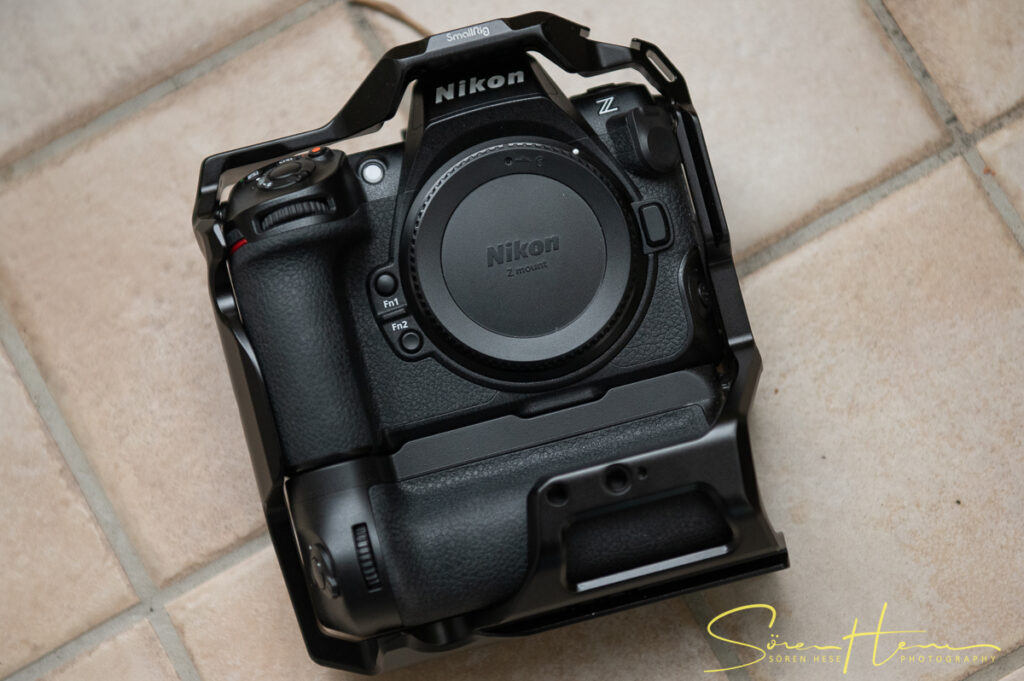
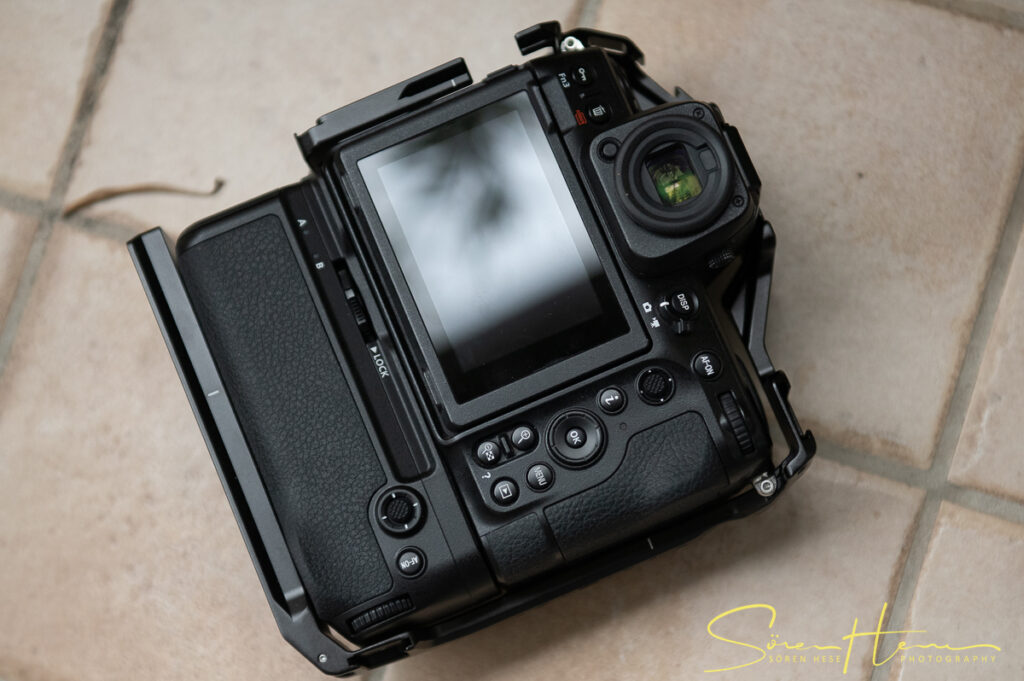
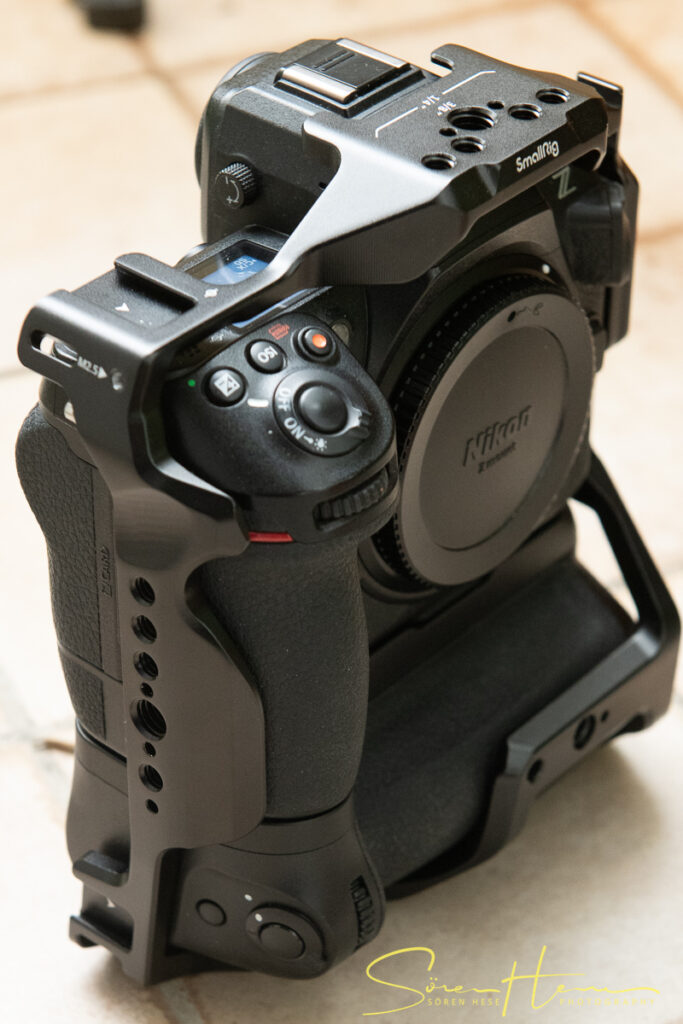
Aquatech provides a new UW-housing for the Z8 that includes space for a power bank: the Edge Max housing. This easily quadruples the battery power but likely you end first in a “hot card” shutdown before the power-bank gives up … .
So what are the biggest issues for me with the Z8? Sorry folks: the viewfinder … its just still an EVF and it also feels like one. Maybe I get used to it but I don’t really like it too much. You can see that fast moving objects/subjects do not move smoothly through the frame even in 120fps mode (D21 option). This is not an exact representation of reality. I wouldnt argue – yes it’s close enough for most people and it’s really responsive and under most circumstances also blackout free but we are not there in my subjective perspective. Btw: changing the “Tone Mode” to HDR clearly gives the best EVF experience imo but it limits shooting in RAW to ISO800 and above. I guess for those coming from other mirrorless designs all this is a non-issue but I noticed a lot of details and I don’t like some of these. Some are likely not worth noting but f.e. if you want to put the camera in flight mode you always have this airplane icon in the viewfinder and its covering parts of the imaging frame in the viewfinder. I cannot remove this icon from the viewfinder frame without deactivating all infos all together (or deactivate airplane mode). The eyepiece of the OVF has no screw-in mounting option – so you cannot mount the default Aquatech eye piece there for your AT sports shields. The front and back wheels do not have the same determined smoothness when you move them as f.e. with the D6 or D850. Some minor nice positive details that come to mind: for night time shootings you can activate a thin line that indicates the frame border in the EVF. This is really helpful at night. I remember lots of times where I had troubles finding the right framing in the dark with my DSLRs because I couldn’t see the borders of the viewfinder frame. Same with “Starlight view” – very handy at nights to shoot stars and the milky way. I always thought that this is where the EVFs totally fail but as it turns out – here the Z8 outperforms my D850 – puh!
Some other more problematic issues: the camera is just “slow” to wake up. I hate it. When you grab the Z8 and it is in sleep mode it will take half a second or so to really activate. This is too long to shoot away immediately – you see a black viewfinder for a blink of time mmh – thats exactly why I never wanted these EVFs – I dont want to see it all in black ;) . I have set my Z8 to 10min sleep threshold (regatta racing events: 30min) to avoid experiencing this. The build quality … mmh – yes for 4k€ I would rather expect a full metal housing and a more D850 like feeling. The Z8 isnt exactly at the D850 level of build but you will not experience any low quality plastic squeezing sound. Card door opens too easily – there is no locking knob and flimsy battery door are additional annoyances. No speed selector ring on left camera shoulder. So partly all this is healed by the Z9 – so you might ask why not go Z9? Partly its the Underwater Housing. The Z8 can fit into an D810 Elite Aquatech housing with some Dremel-at-work modifying the base plate. The Z9 needs a completely new housing solution. The form factor: I got used to the D850 size. And then: the cost factor. The Z9 adds 1500 Euro to your list of upgrade costs (and only adds bigger battery, vertical grip, better build and GPS). Perspective wise the combination of Z8 and Z9 though seems perfect for larger shootings of all kind of types and in all domains.
I will run some of my older F-glas for a while so I will probably also use my D850 for the foreseeable future. Since I work with 3-4 camera bodies on regatta events, I will likely settle with two Z cameras and two D850s … for a while. But who knows … I can already see that the Z8 makes it difficult to not switch fully to the Nikon Z-system.
Whats the most to like imo? 1. Autofocus system! by far – this just rocks! it finds the eyes even in a dark lit church, bird photographers will also like how birds are tracked, the combination of automatic AF-sensor change and deep learning just works great) but it can be also tricked when the birds are too small, AF and 3D tracking also works really good in video mode! 2. raw video formats with high frame rates and you can very quickly switch between still and video shooting – this is really handy when you do both (4.1k120p allows in post footage stabilization and slow motion processing) and 3. access to very good wide angle lenses. So thats it in a nutshell for me. The video slomo world in 4.1k120p N-RAW is for me the big game changer together with frame interpolation in Davinci Resolve Studio (Optical Flow & Speed Warp algorithm). Most people will not need 20fps RAW still shooting but sometimes it’s helpful – especially when timing is difficult f.e. with wave art photography, birding, some high speed sports: tennis and golf comes to mind.
Overall looking at the full package … the camera is just really fast and performing so really well that I can understand why a lot of sports photogs without further ado just switched to the Z8/Z9 systems (Olympics 2024 in Paris also indicated this switch with the amount of available NPS Z9 loaners). It works nicely and gives more keepers under complex situations compared to using a D850. But if you do not need the high frame rates and if you do not plan to do high resolution footage, no need for much improved AF? Then I would just buy happily another discounted (best of all times DLSR) – the D850 – I guess ;-). but you will not be able to use these new excellent wide angle Nikkor S-lenses that are kind of very enticing … .
For some the Nikon Z6III might be the better alternative (same AF speed, 24MP sensor, slightly lower video specs, price point was shaved off by 2000€ in Germany!). The D850 is, imo, still the king of DSLRs — though frankly, its reign is coming to an end. Other sources for information about the Z8:
- ByThom Z8 review and eBook
- DPREVIEW on the Nikon Z8
Image quality and AF wise the Z9 is mostly identical to the Z8 – so some reviews are good for orientation:
- Z9 review for sports by Marc Pain (on DPreview)
- https://photographylife.com/reviews/nikon-z9
- ByThom Z9 Review
Mtk – this is my log for die Z8.
Firmware 3.10: I experienced a full system freeze once and had to remove the batteries from the MB-N12 and restart the camera to get the system running again.
Firmware V3 update was a huge surprise and improved the functionality a lot. Will check what all this means for PC-E lens use and B&W previz.
Best wishes! Sören
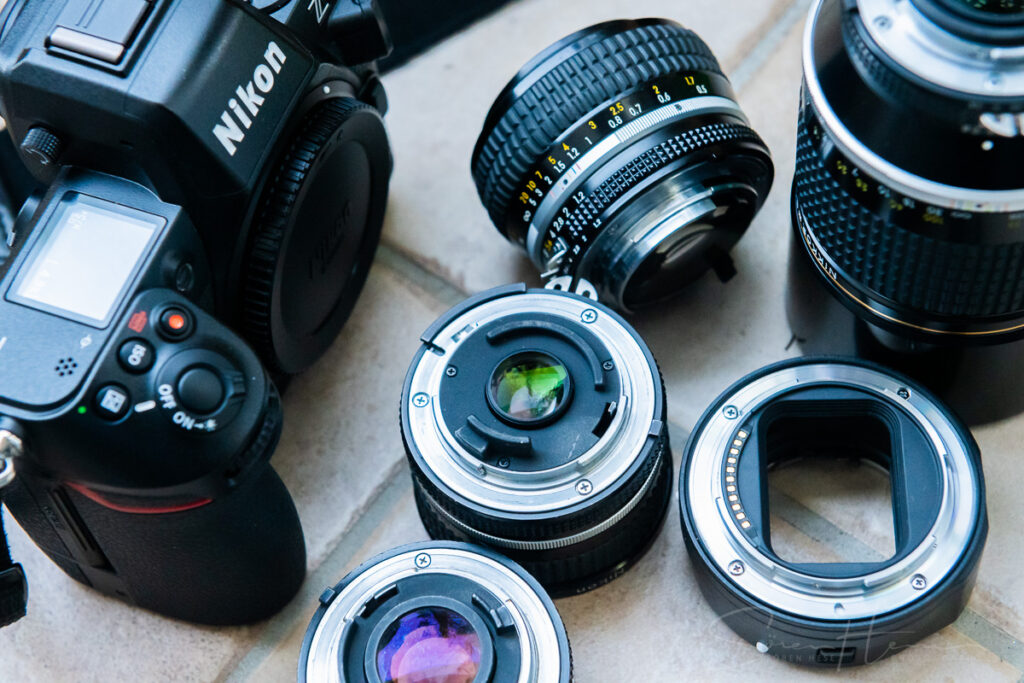
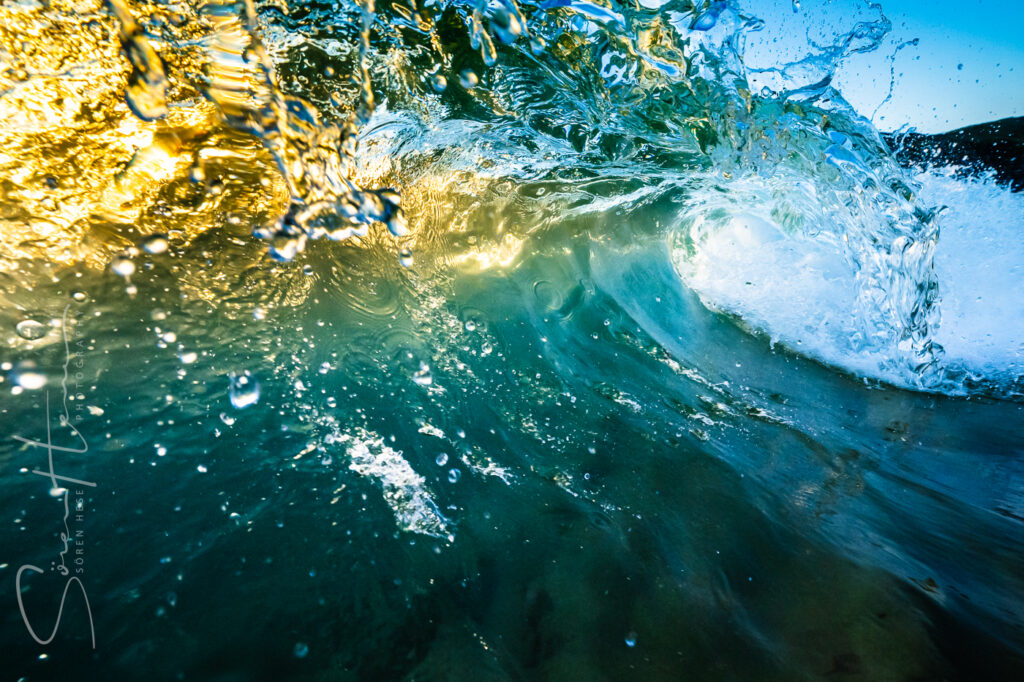
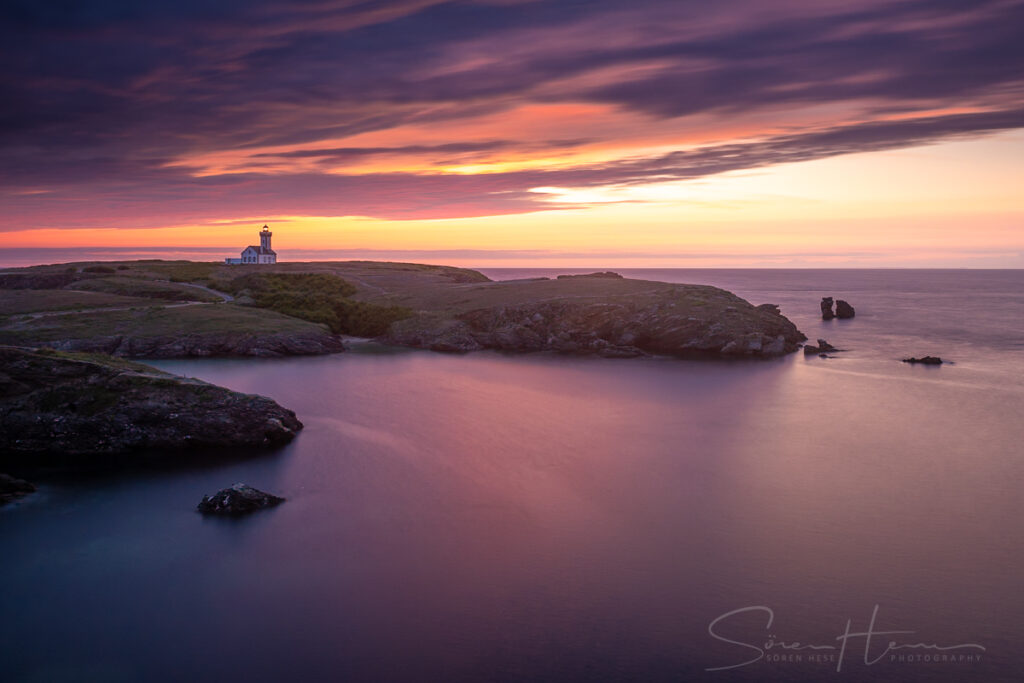
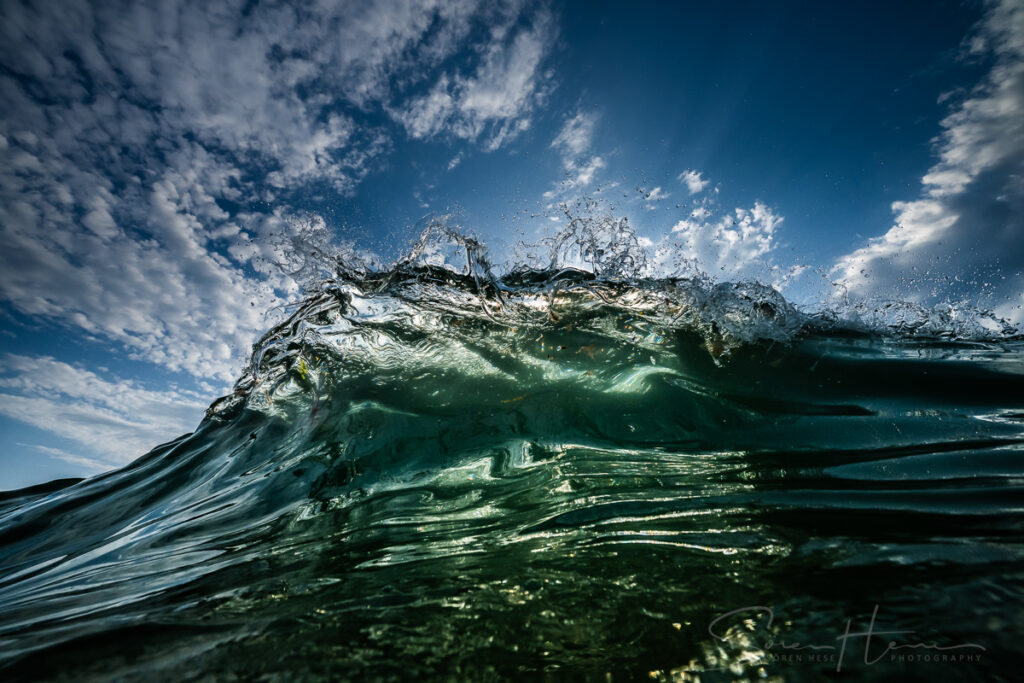
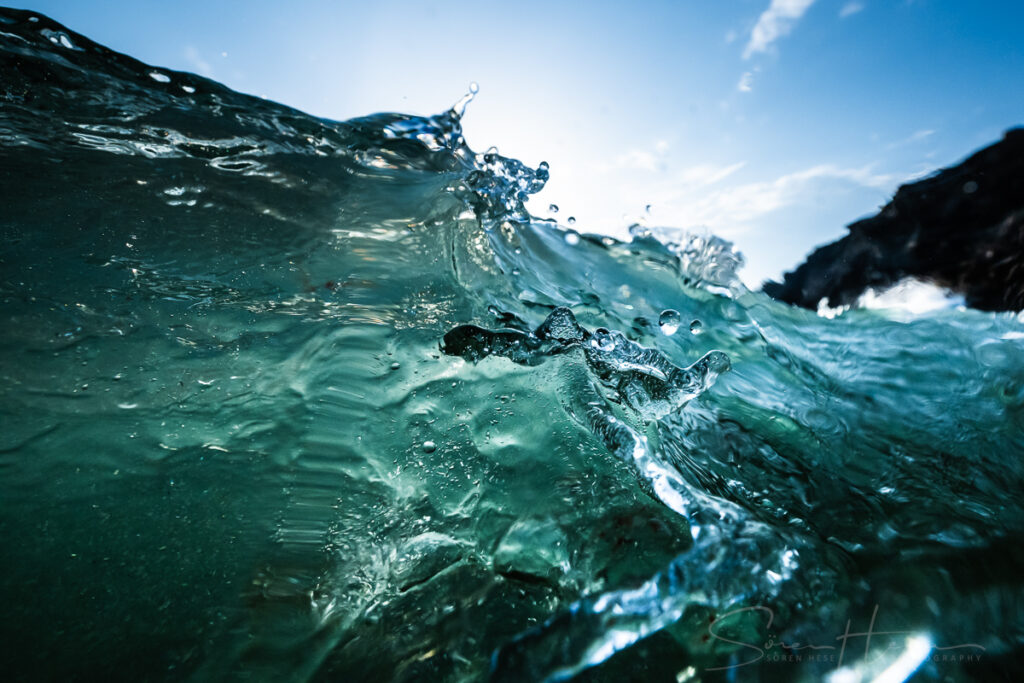
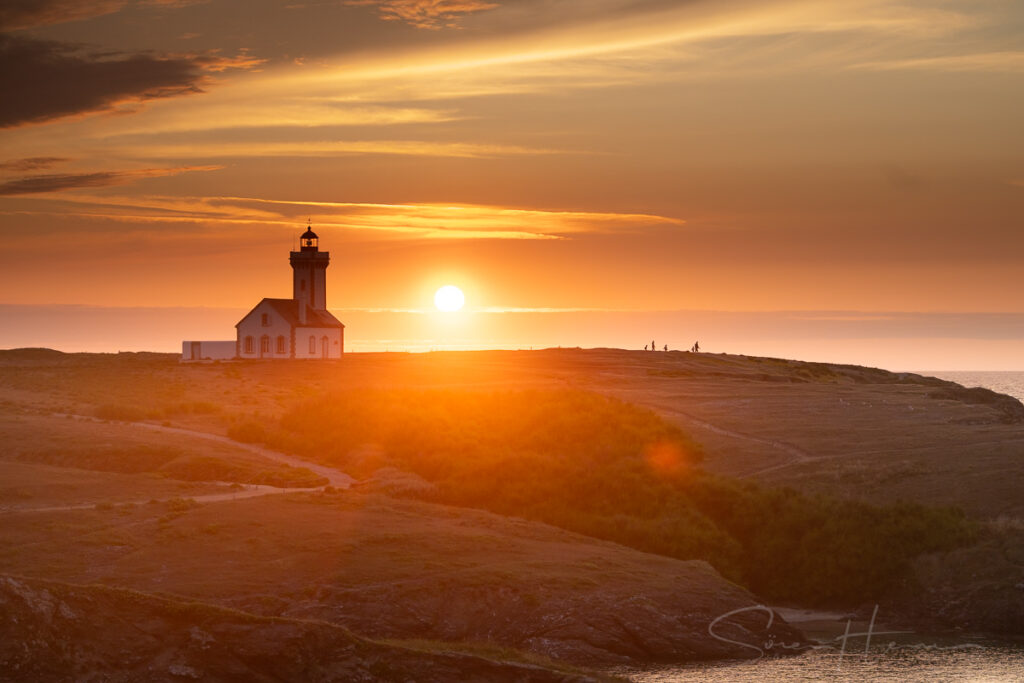
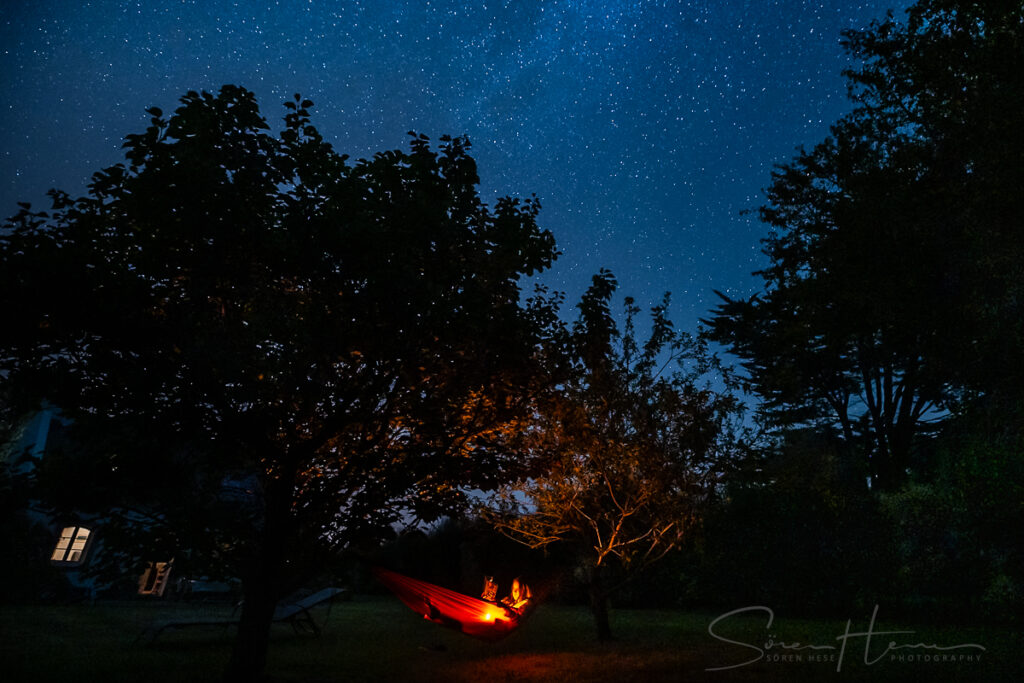
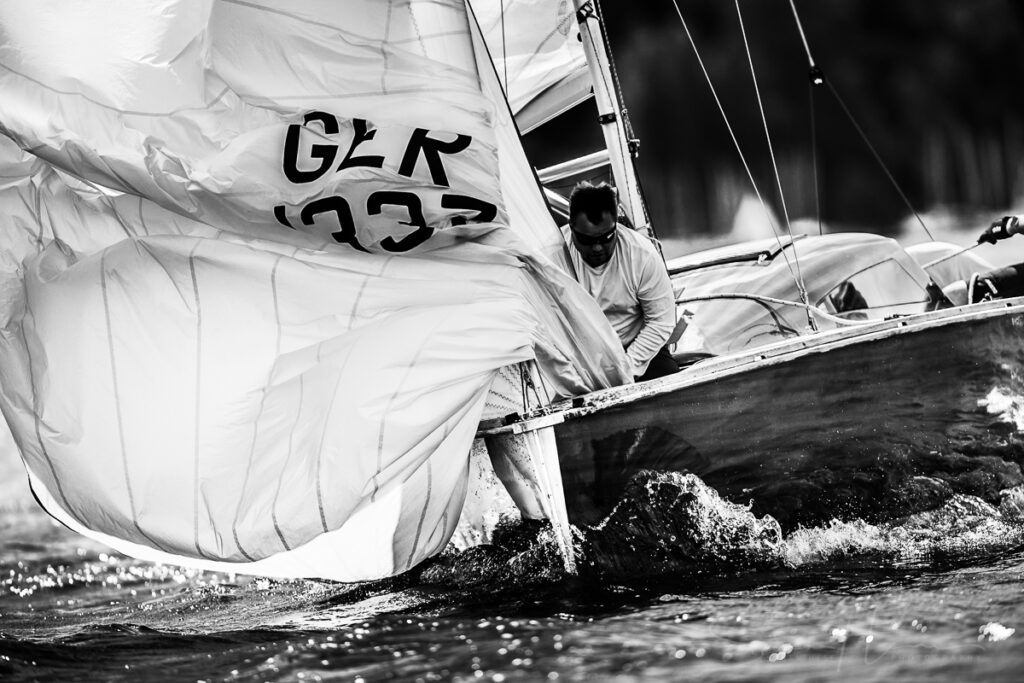
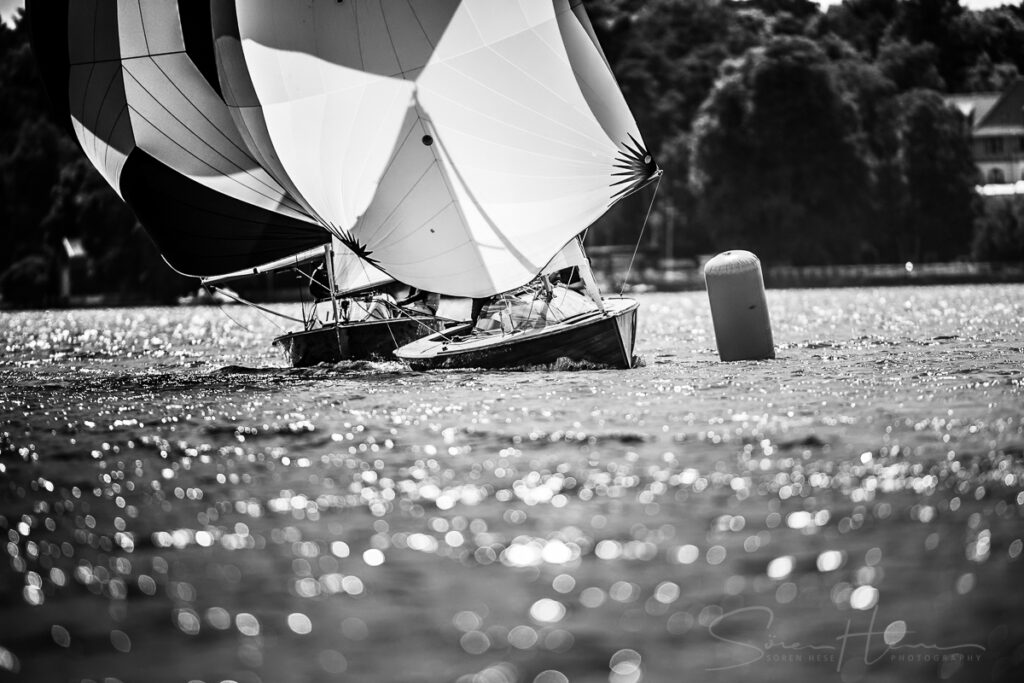
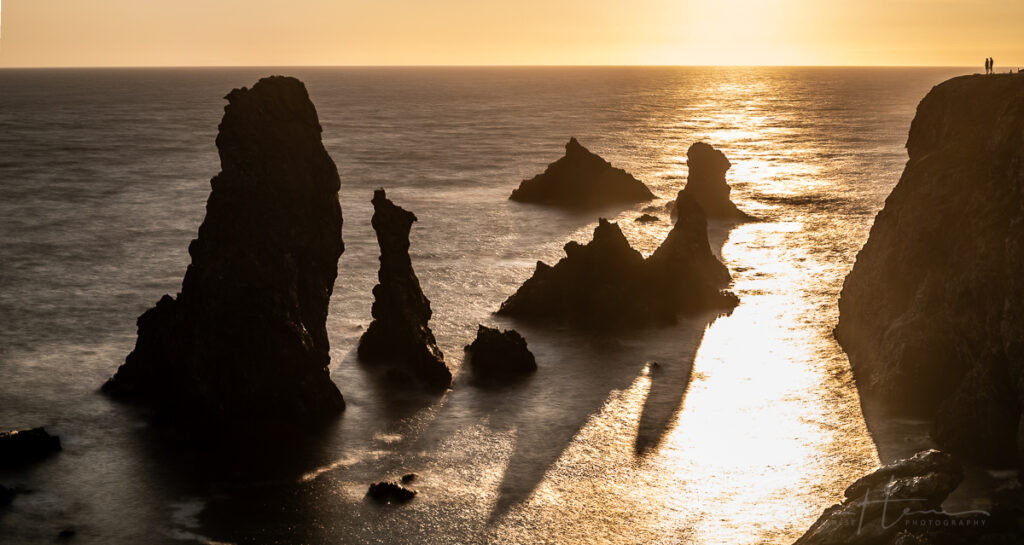
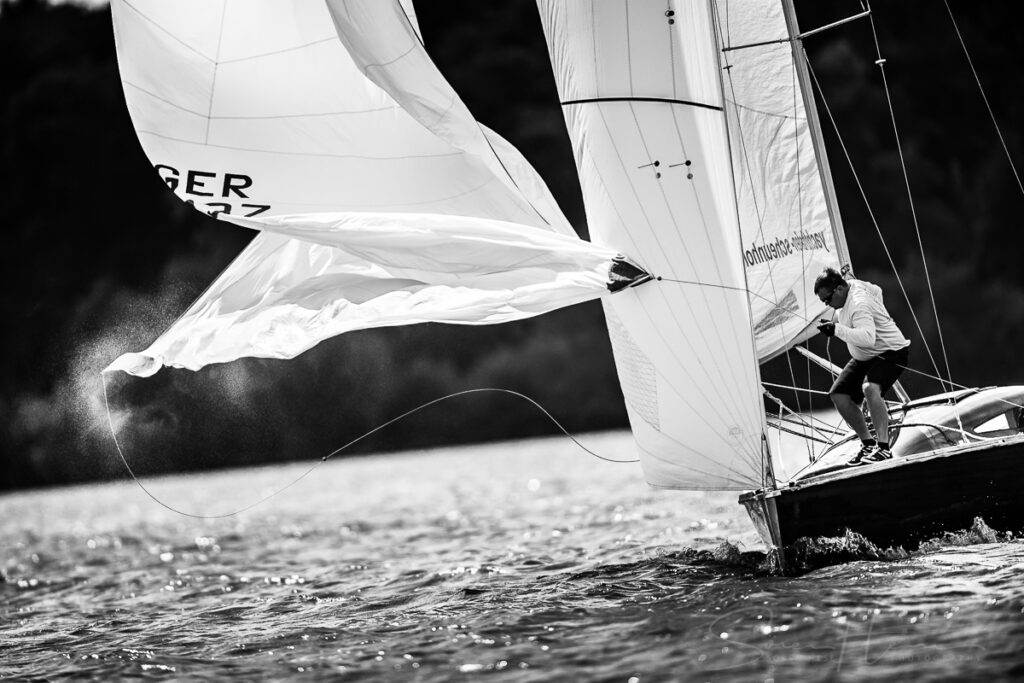
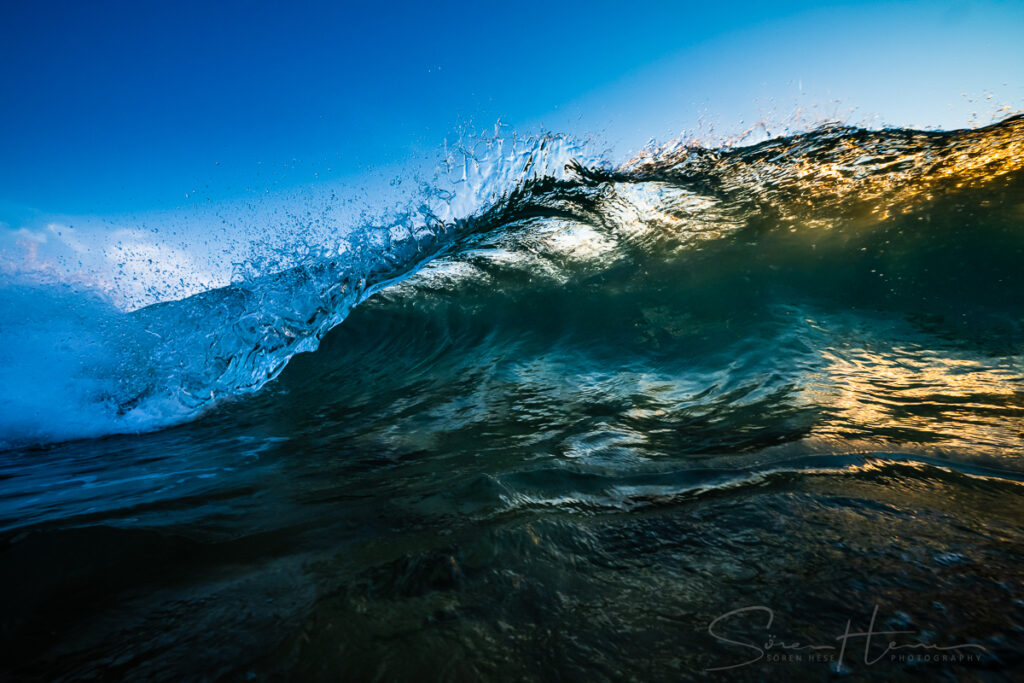
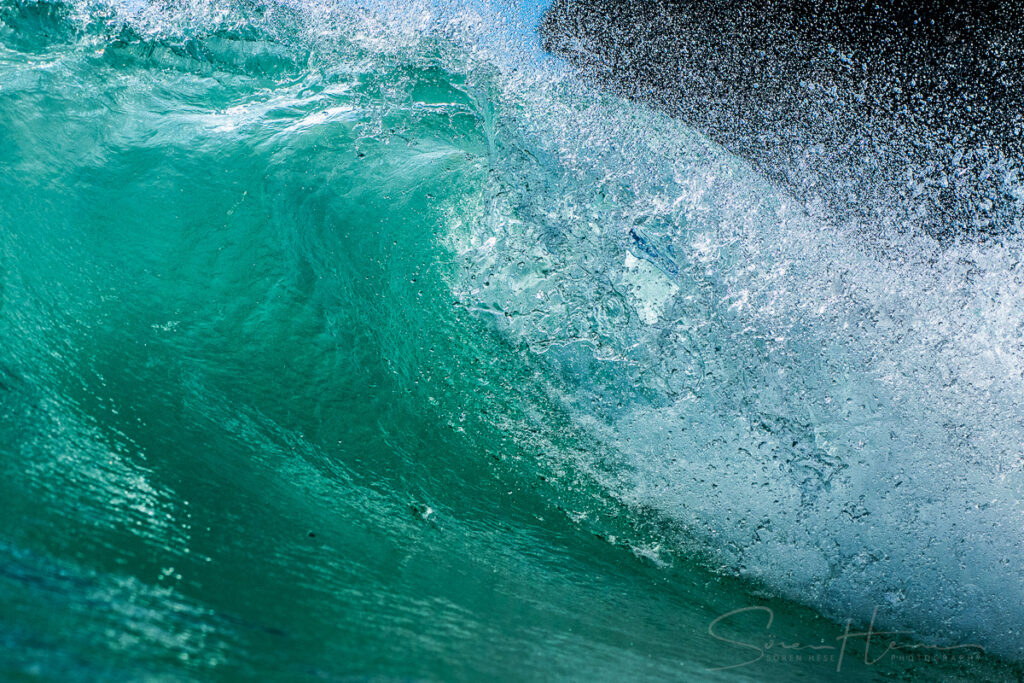
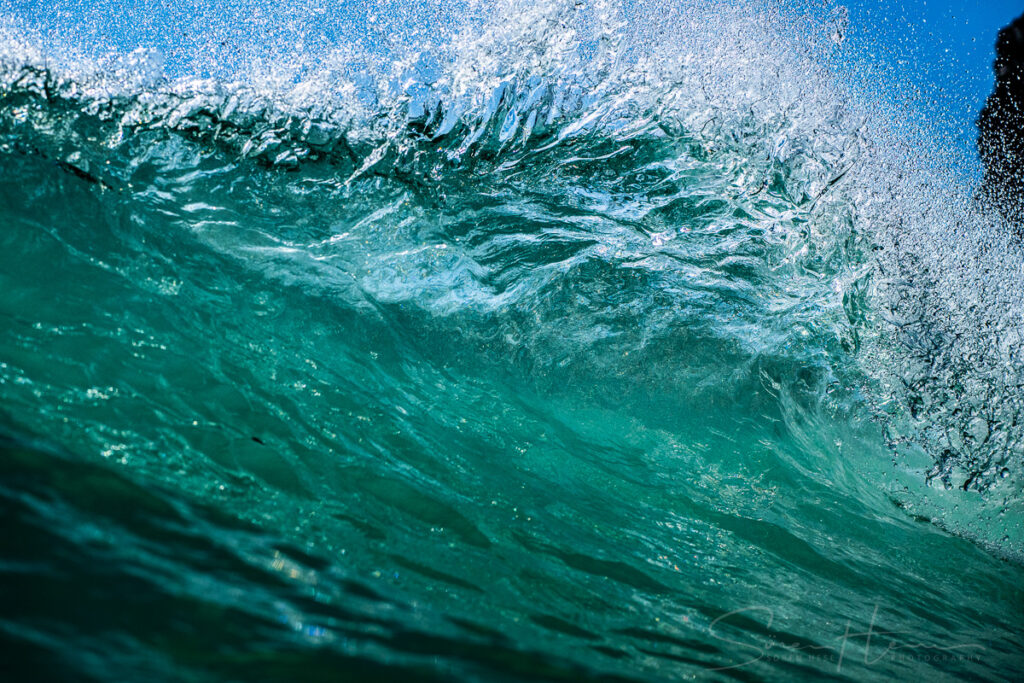
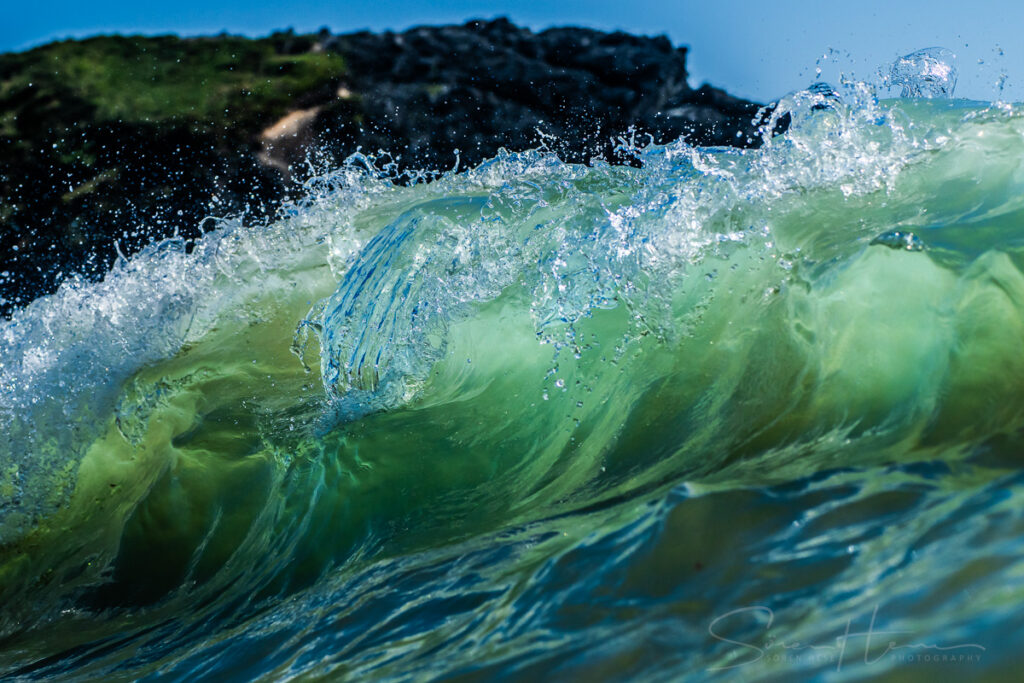
mkt
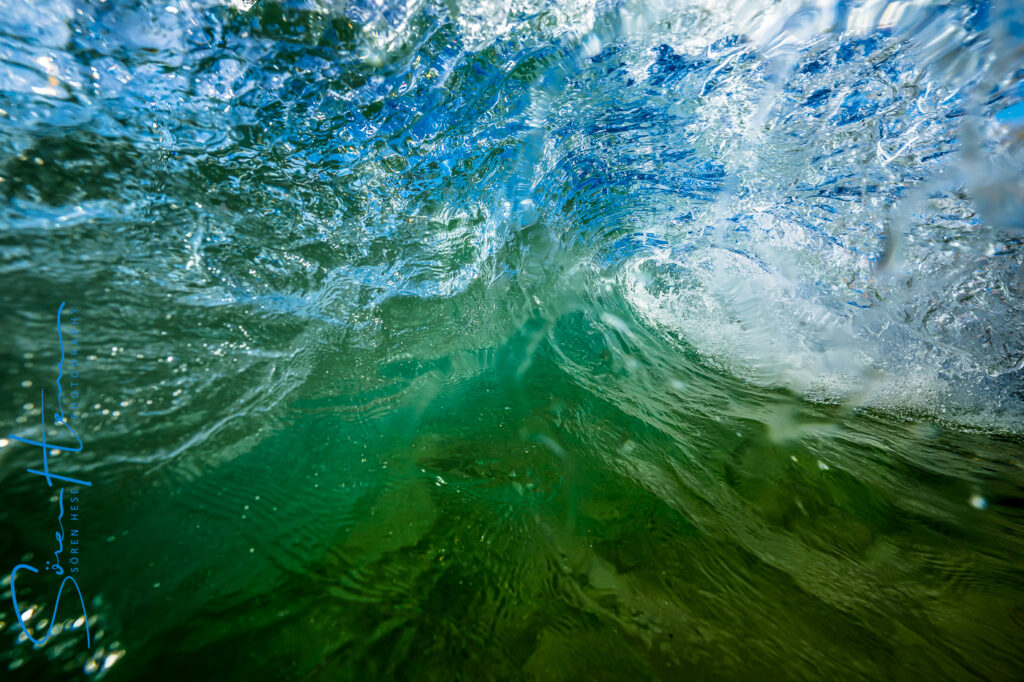
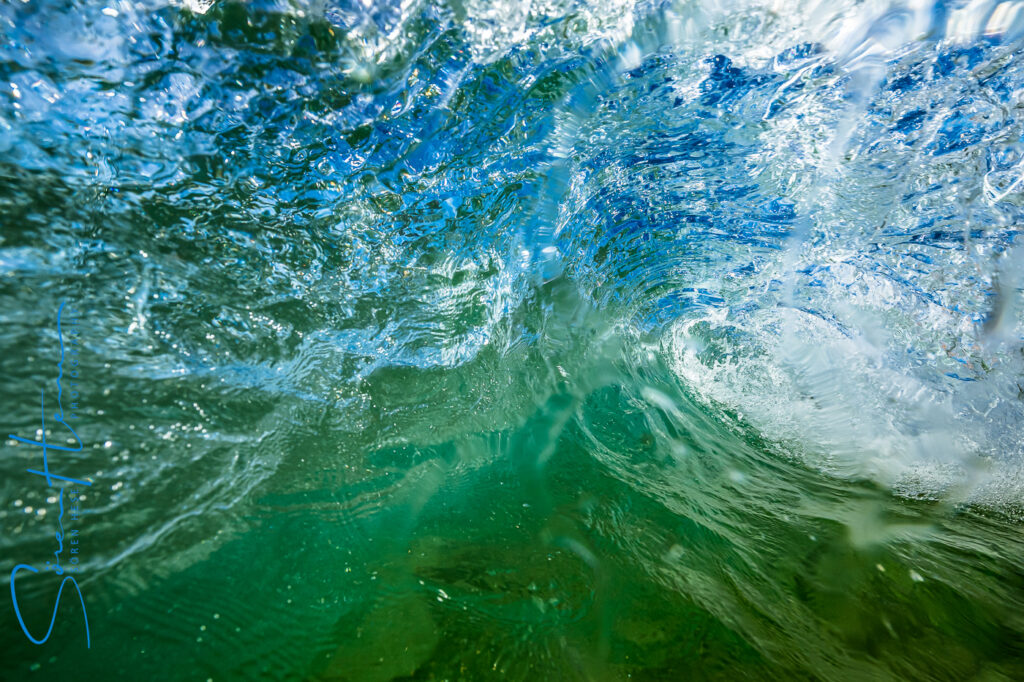
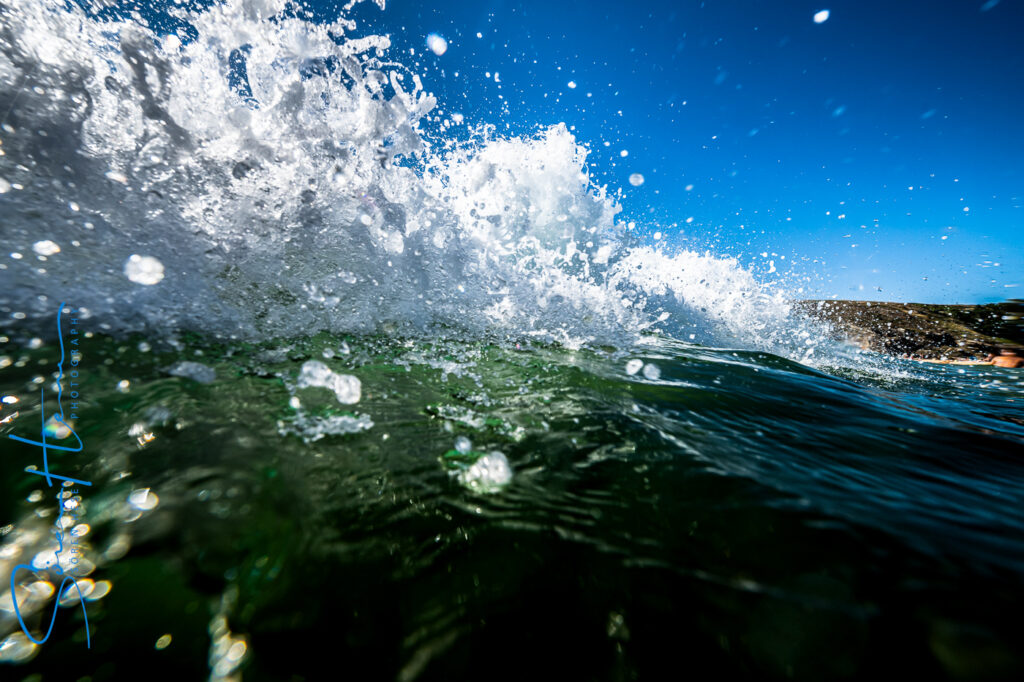
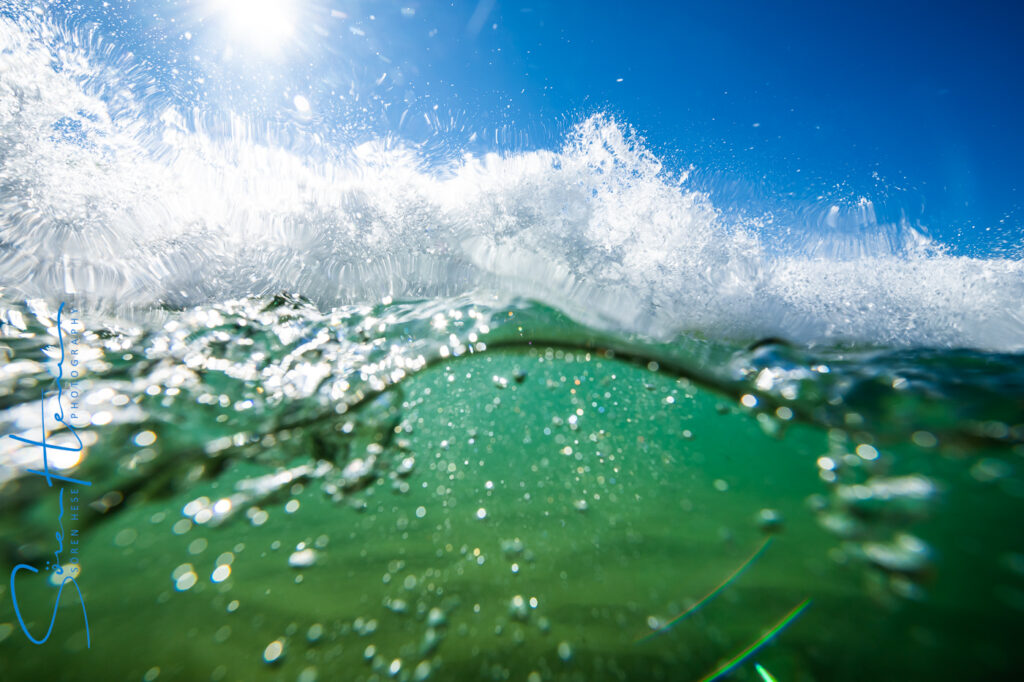
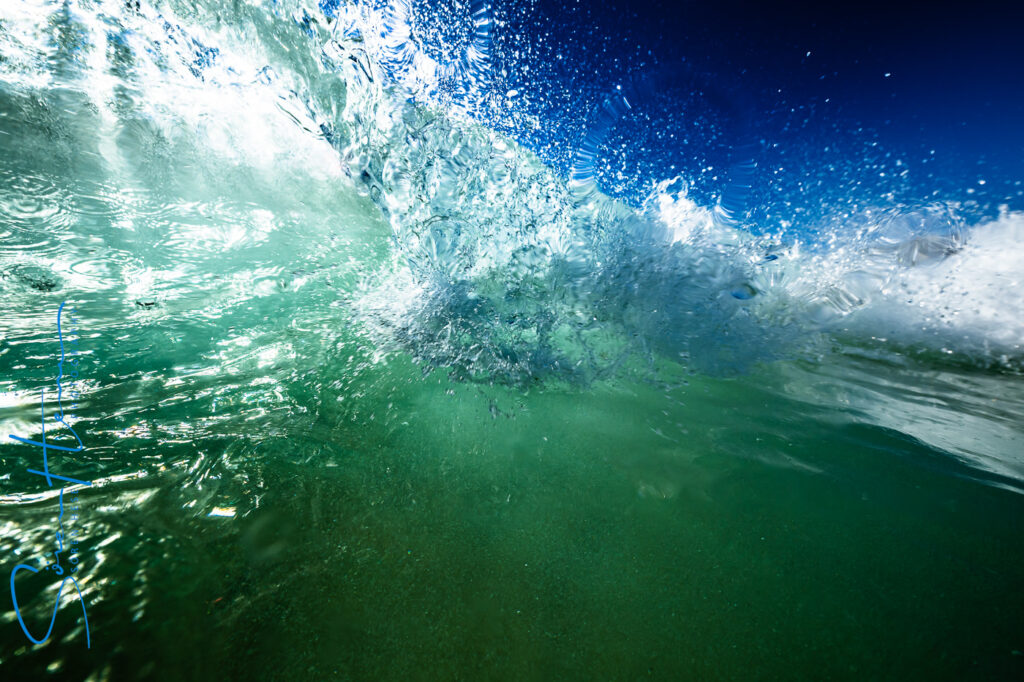
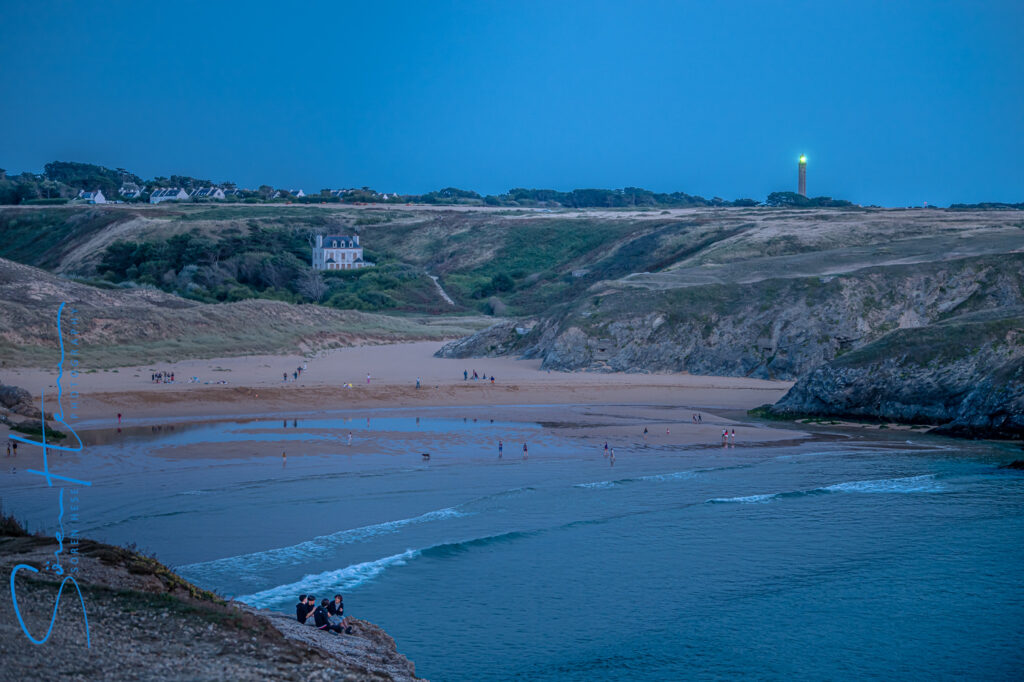
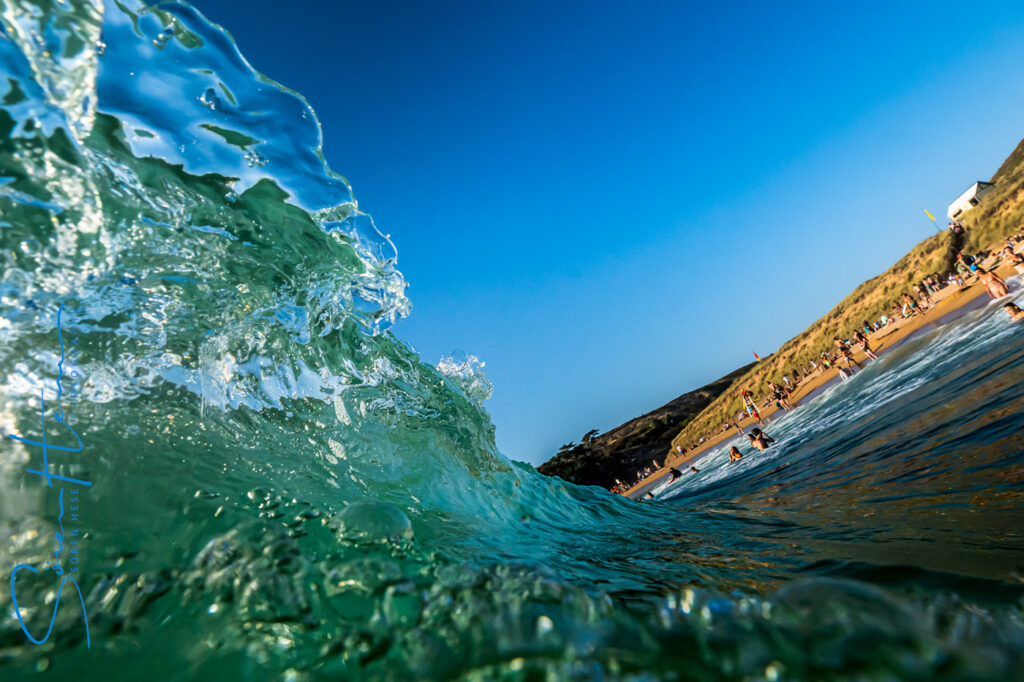
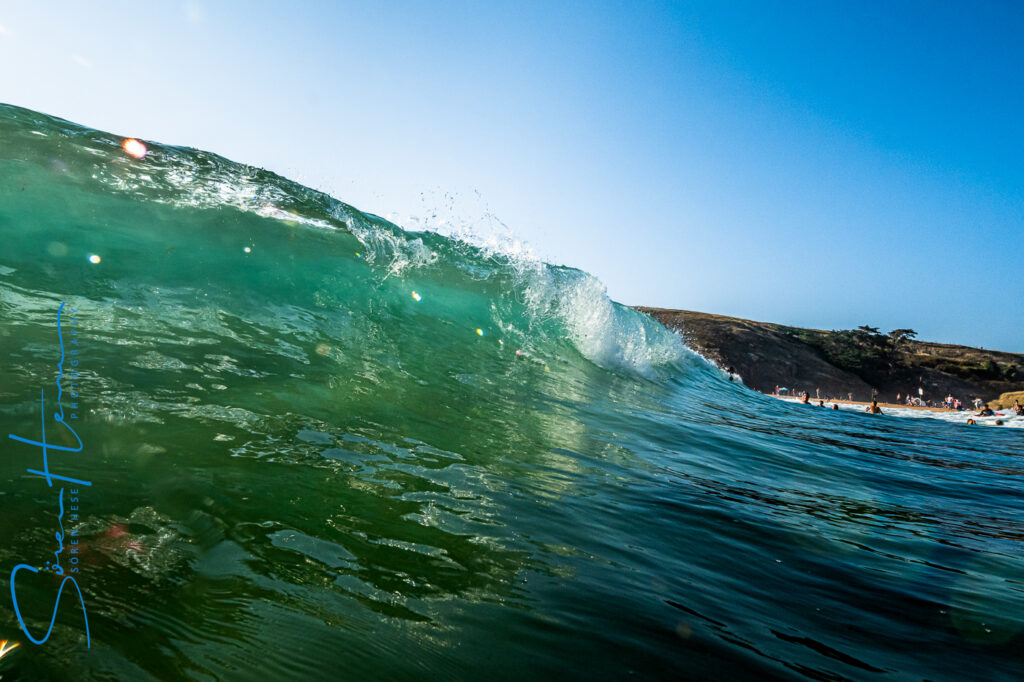
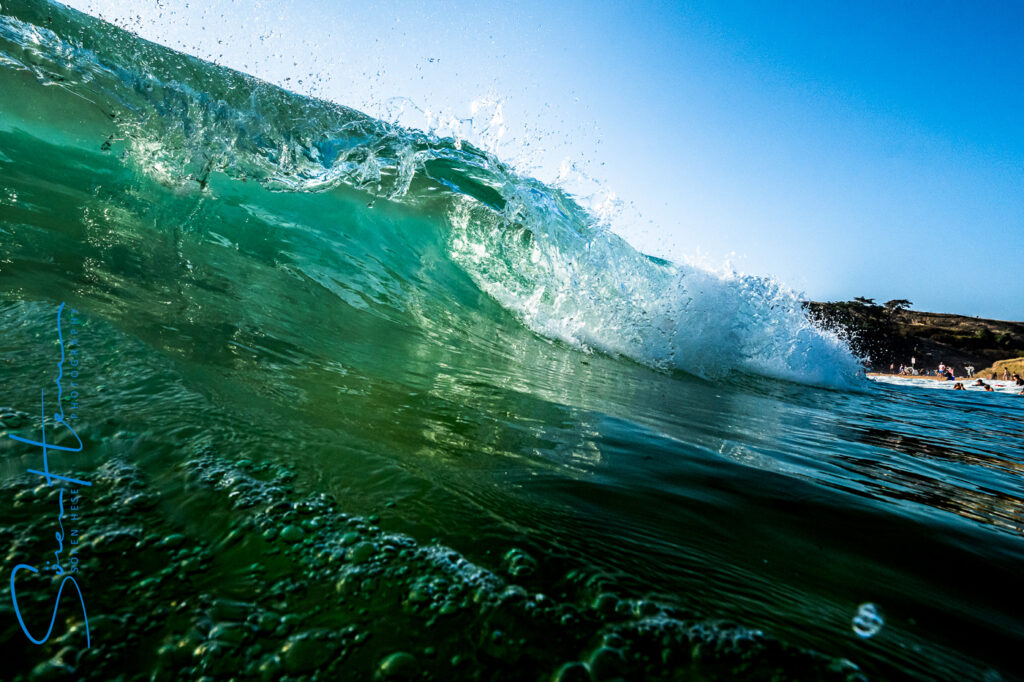
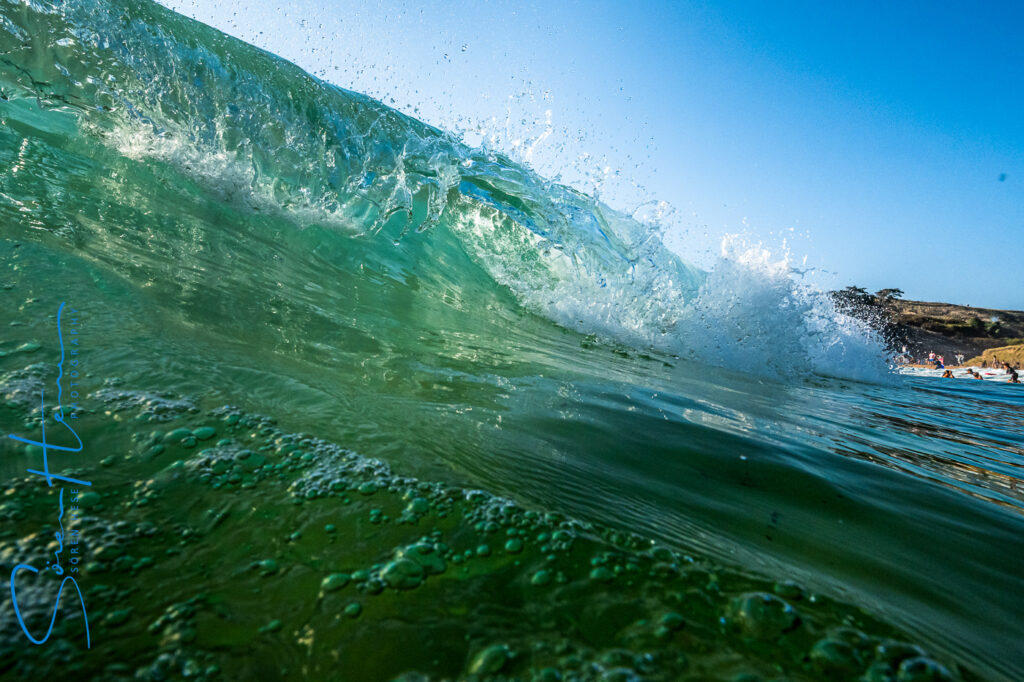
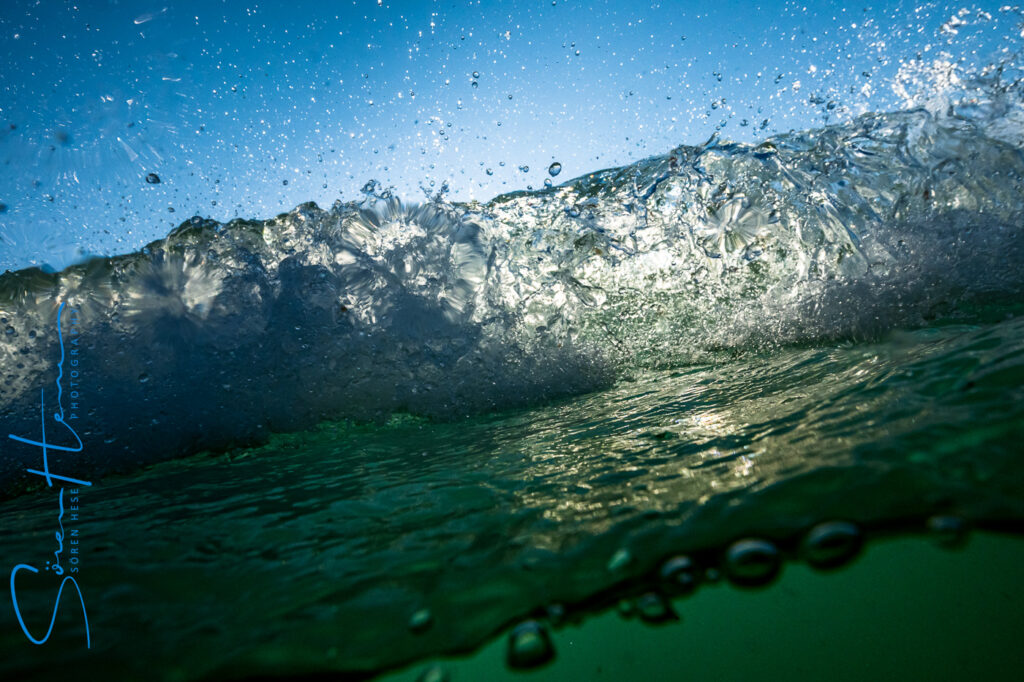
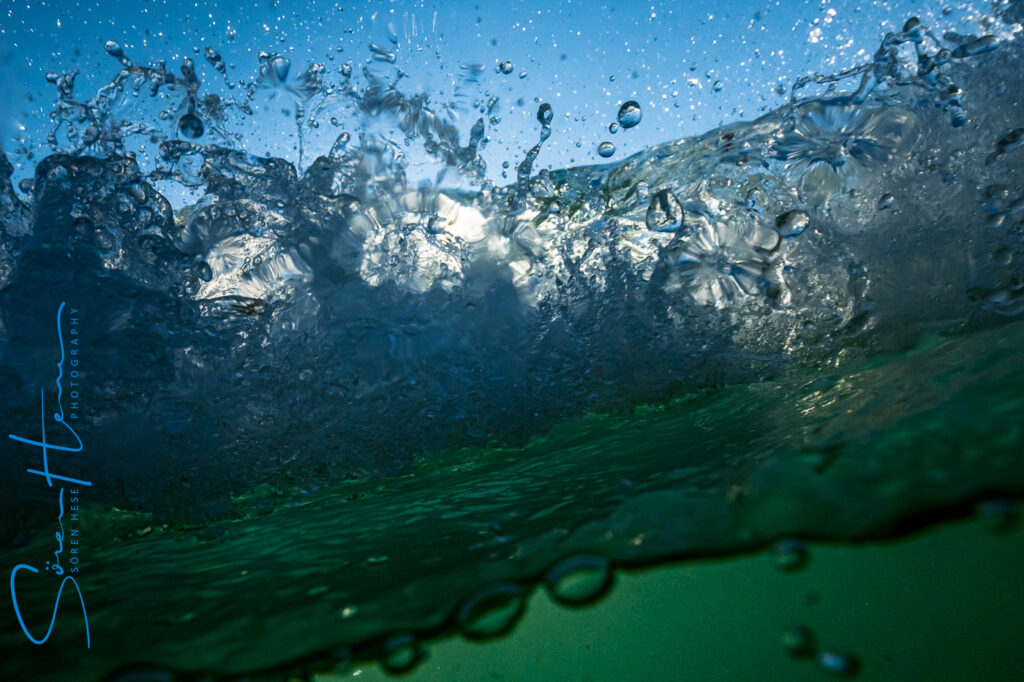
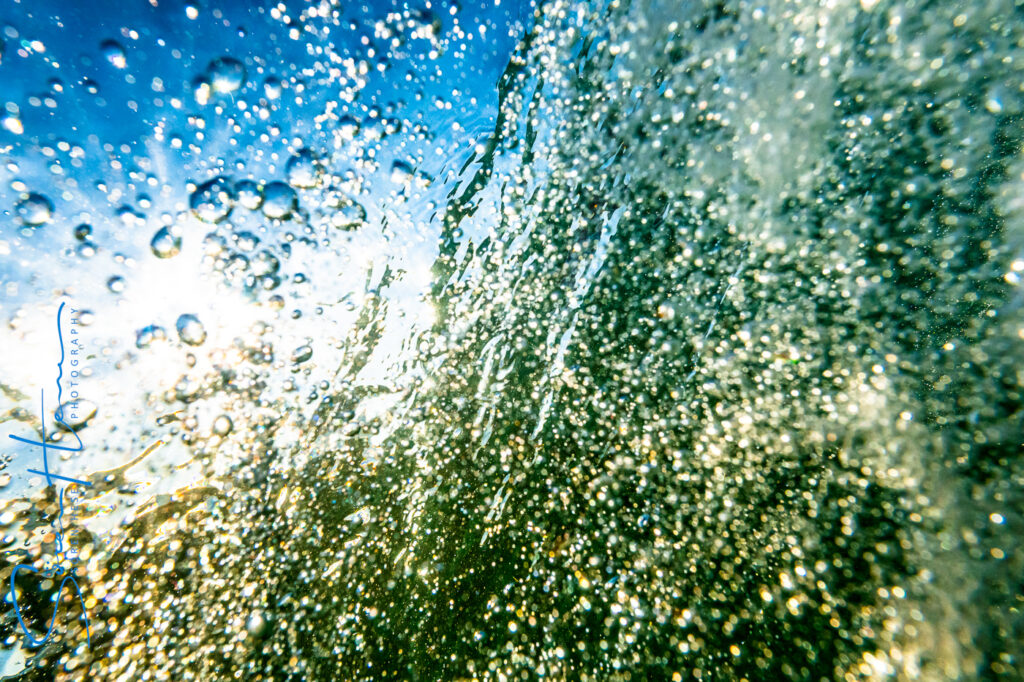
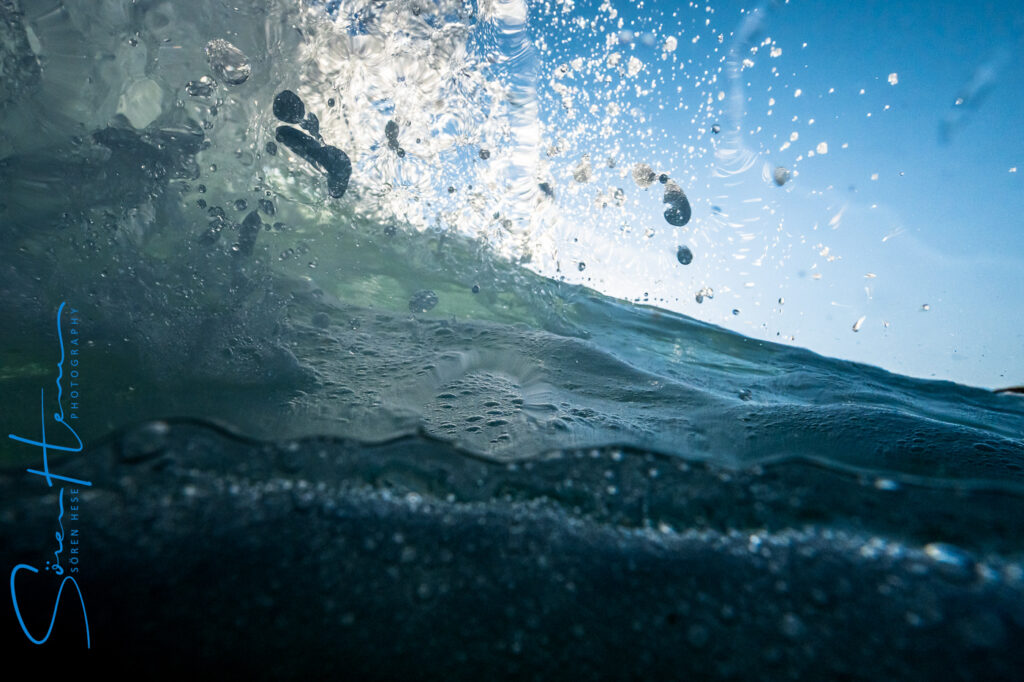
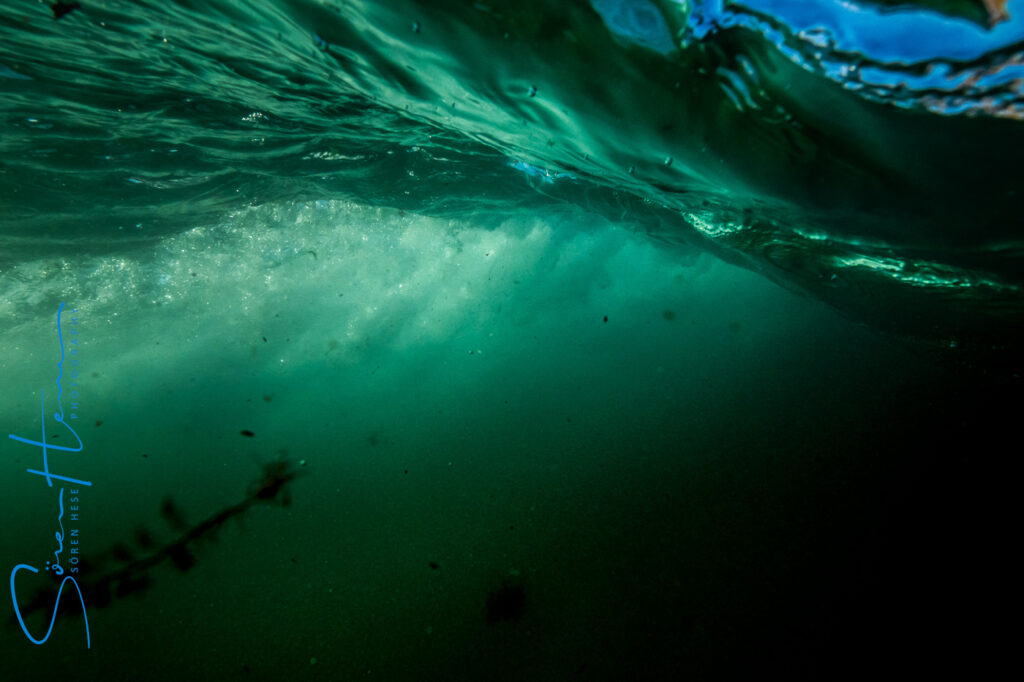
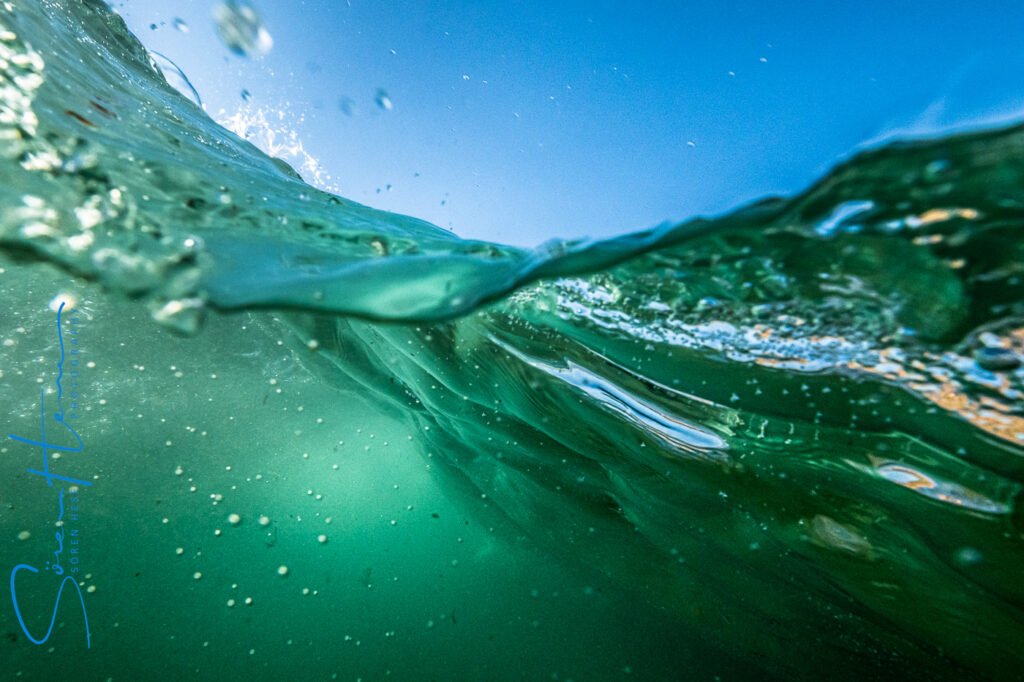
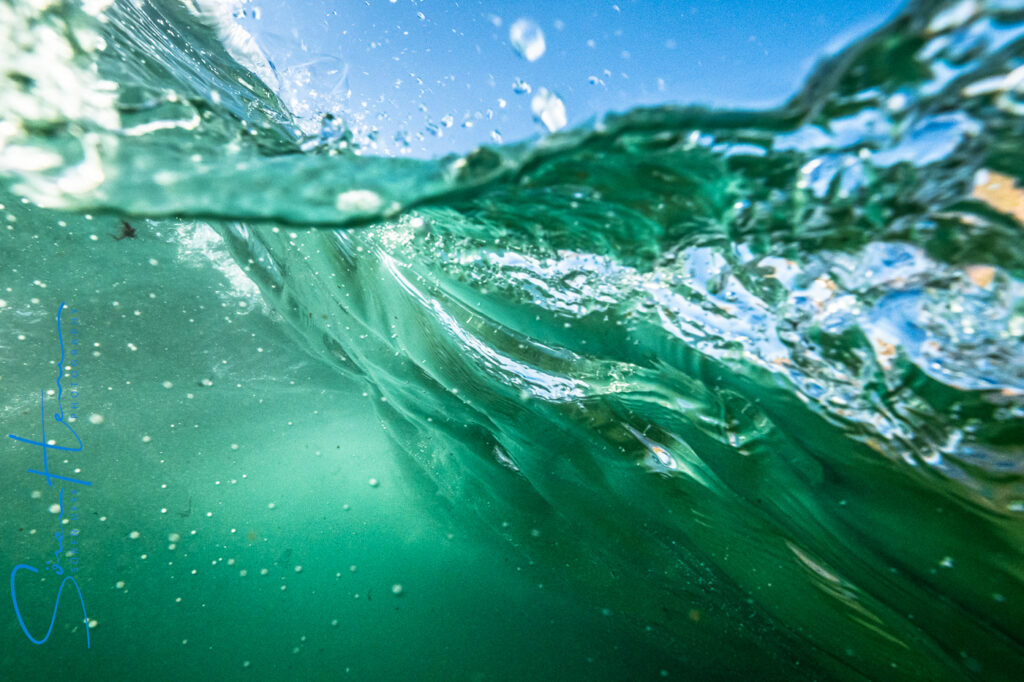
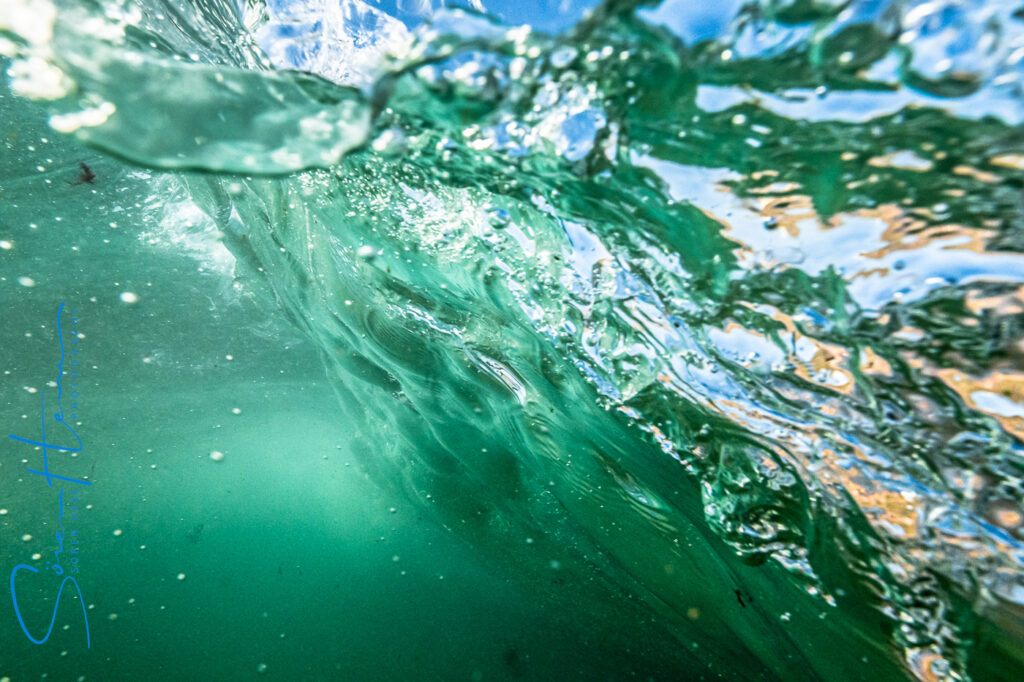
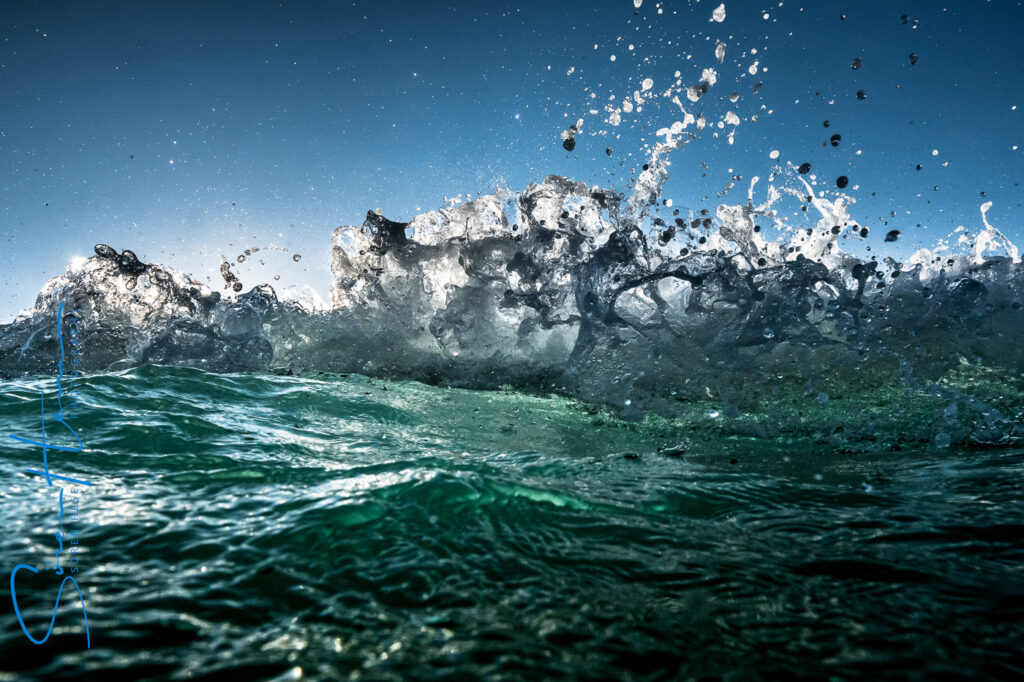
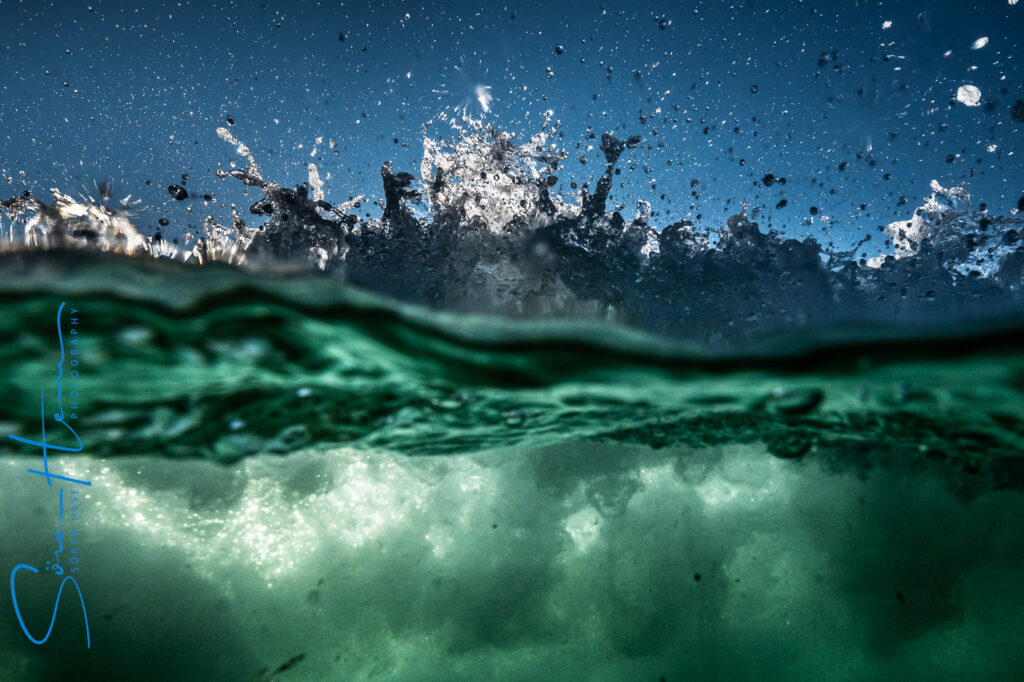
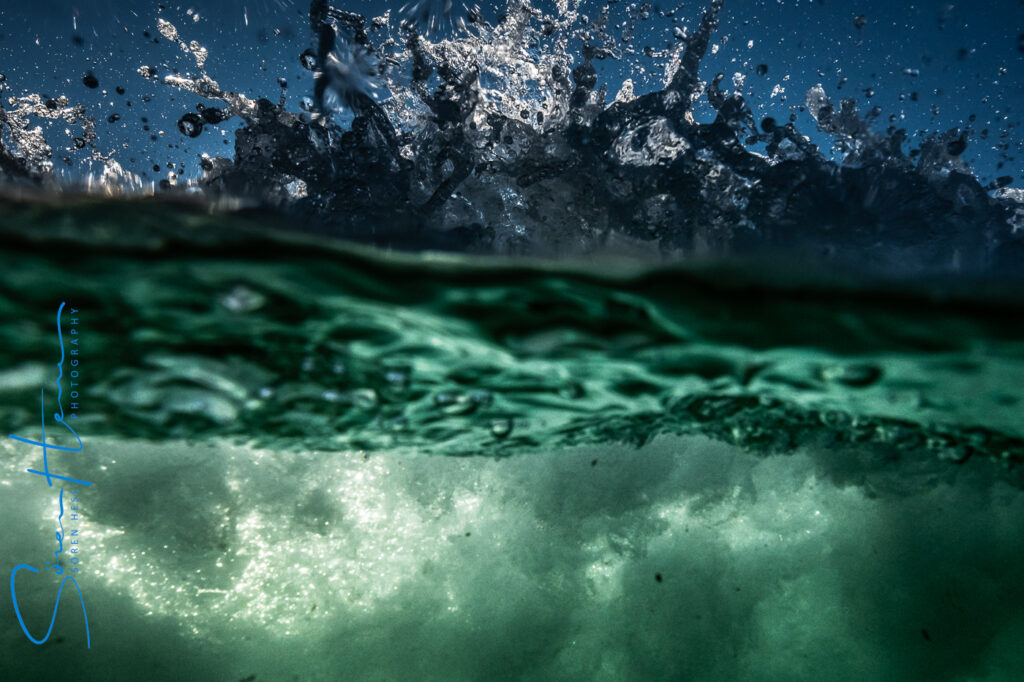
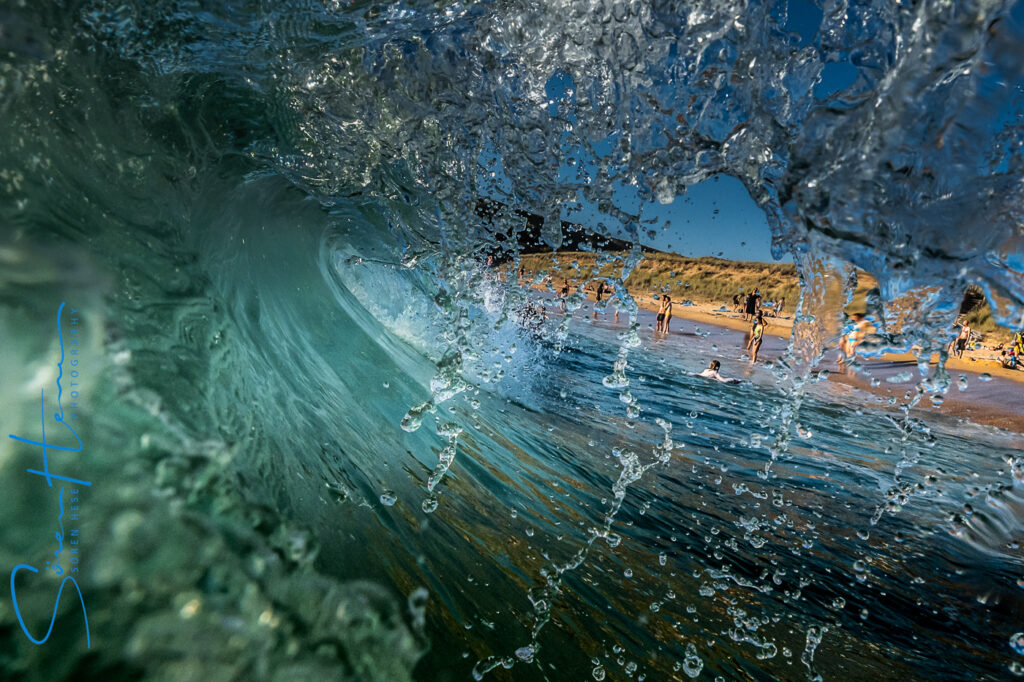
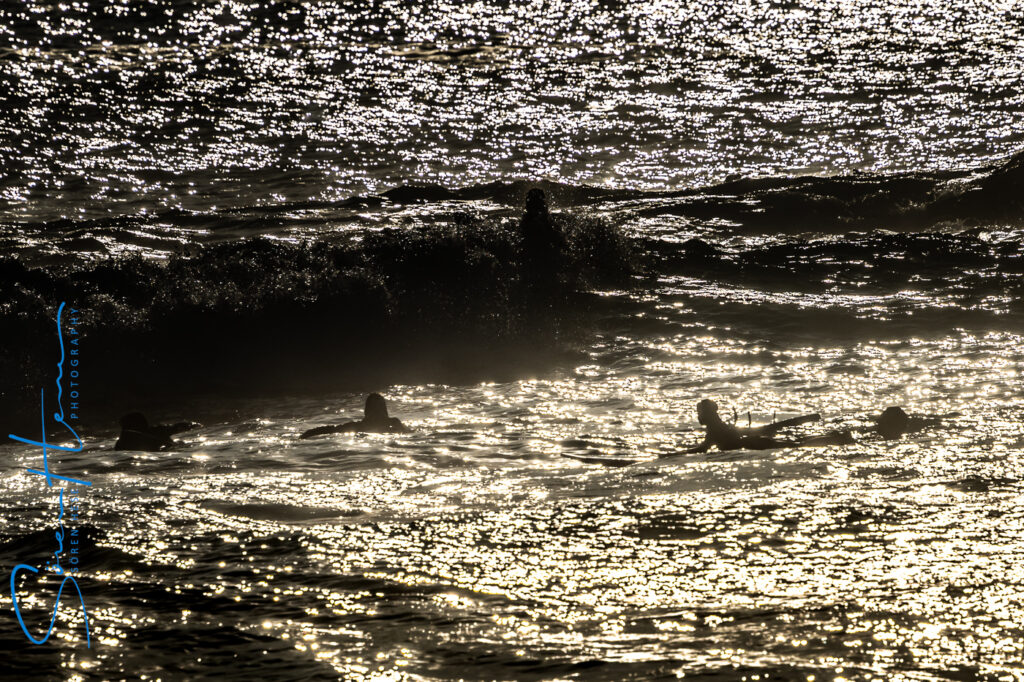
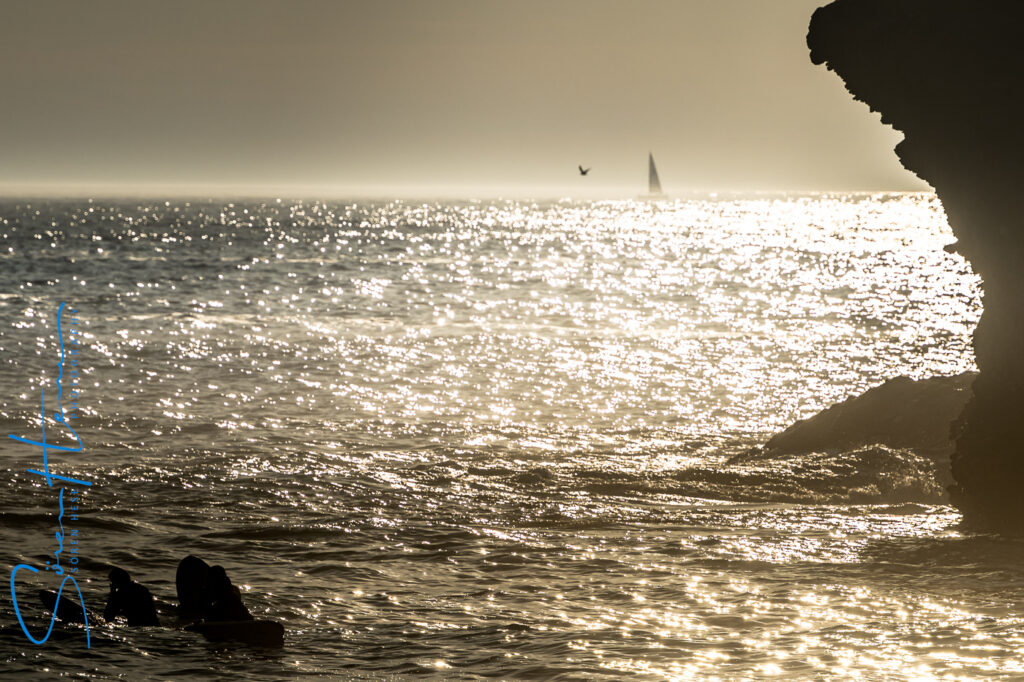
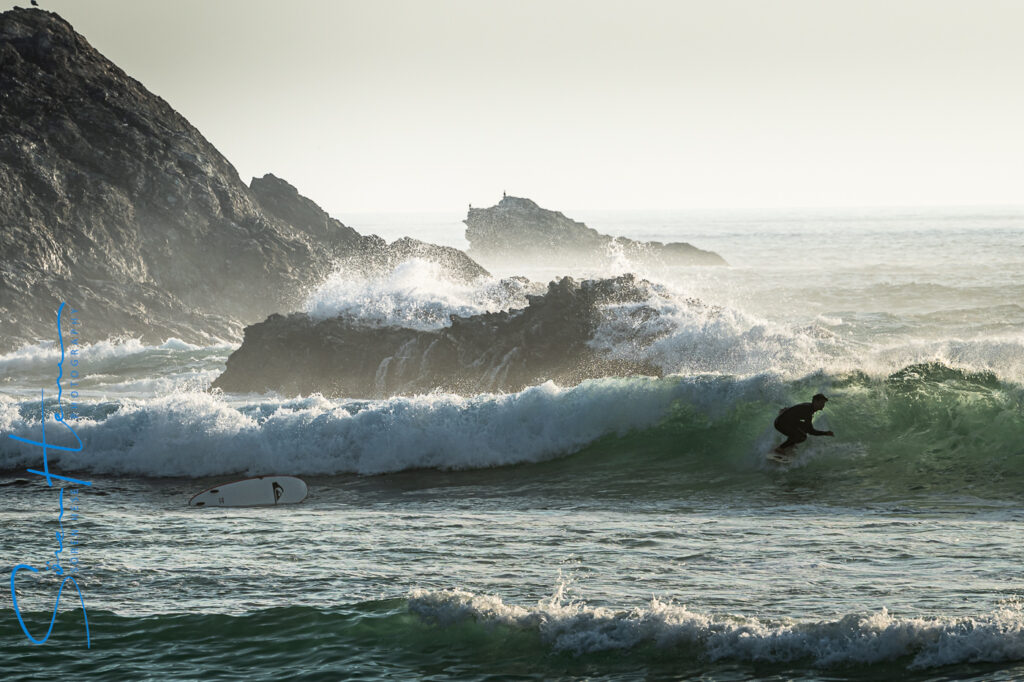
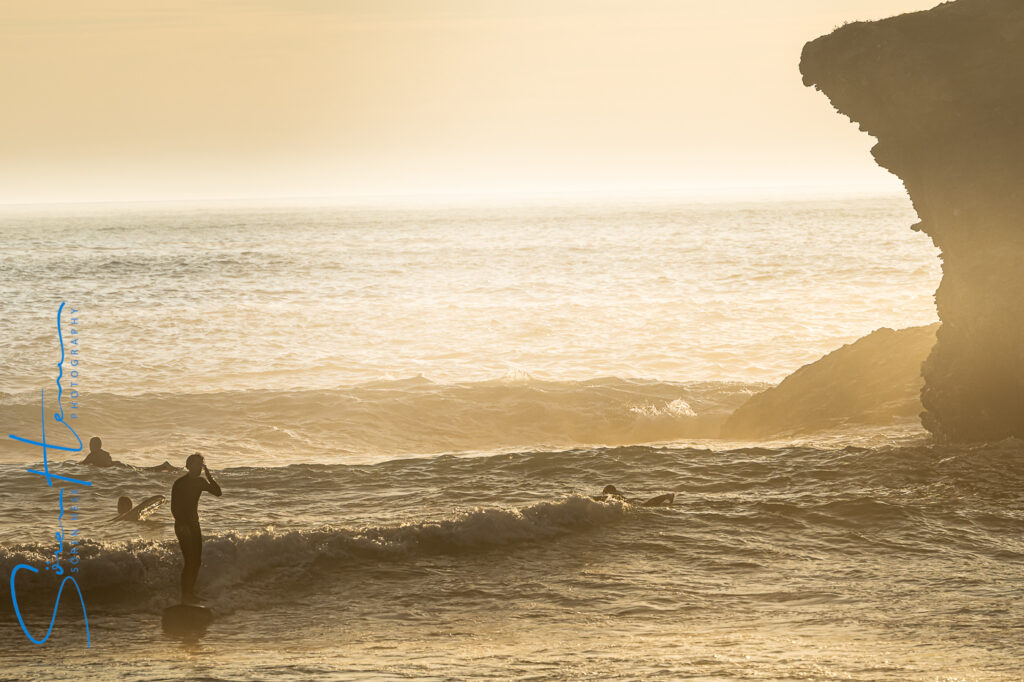
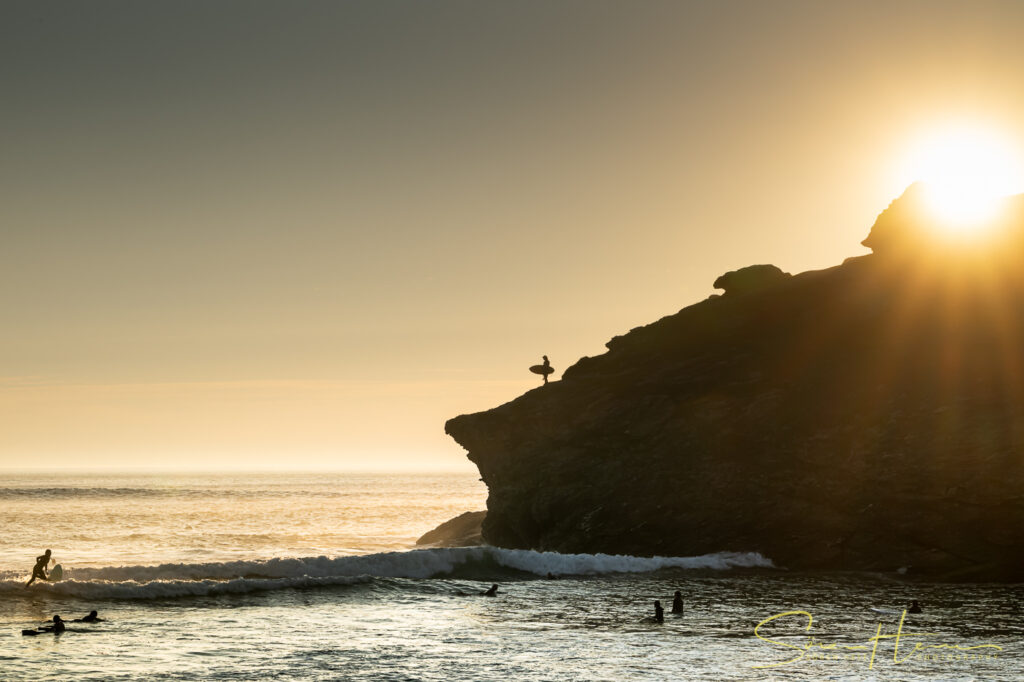
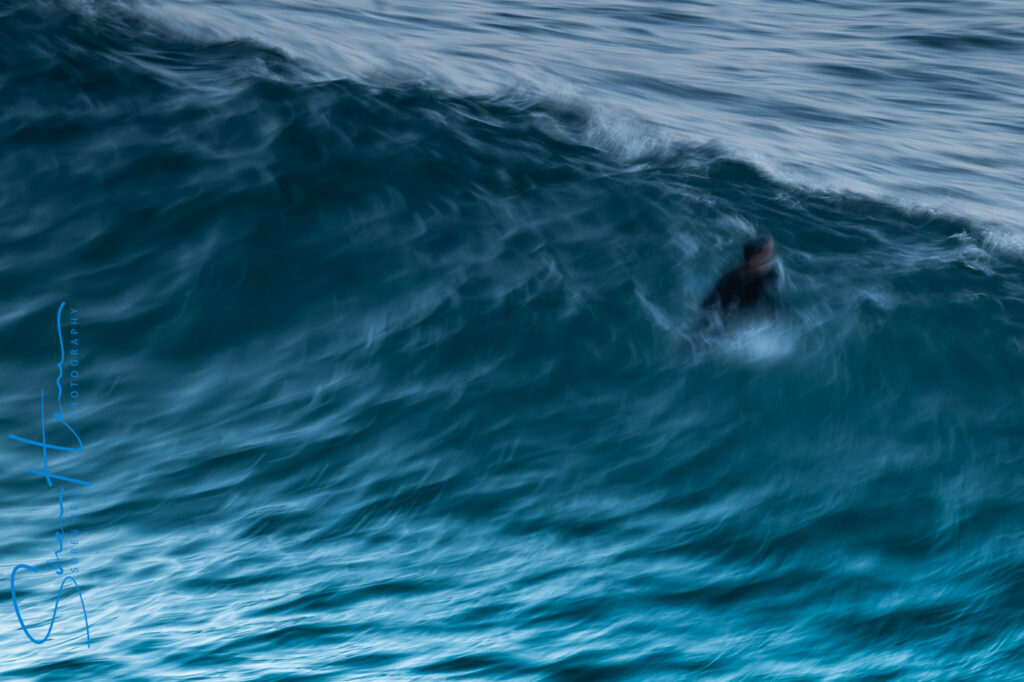
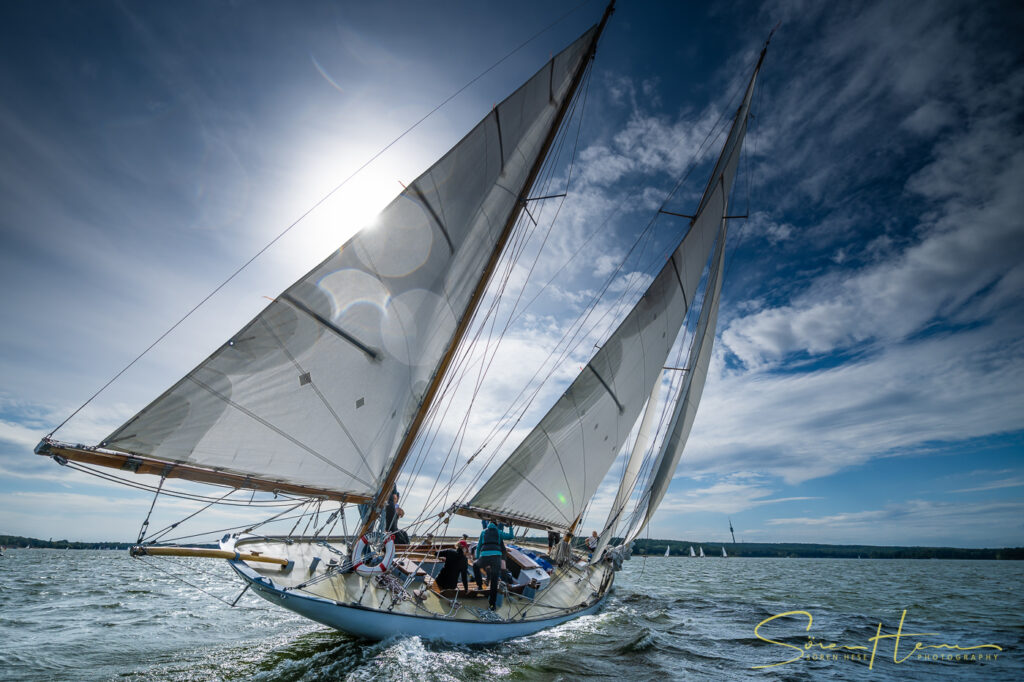
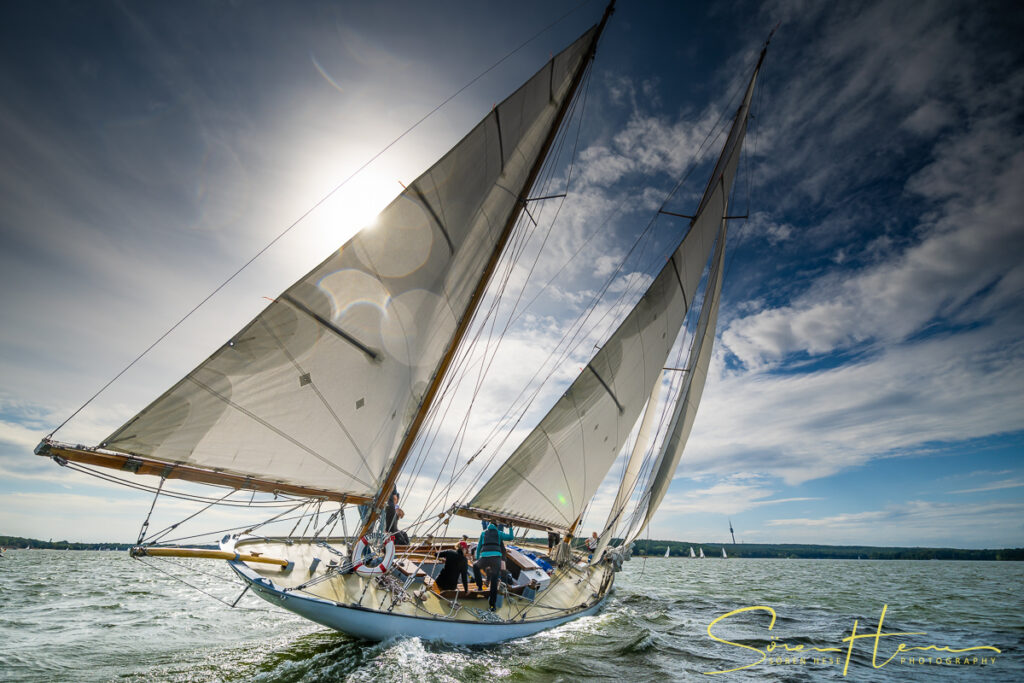
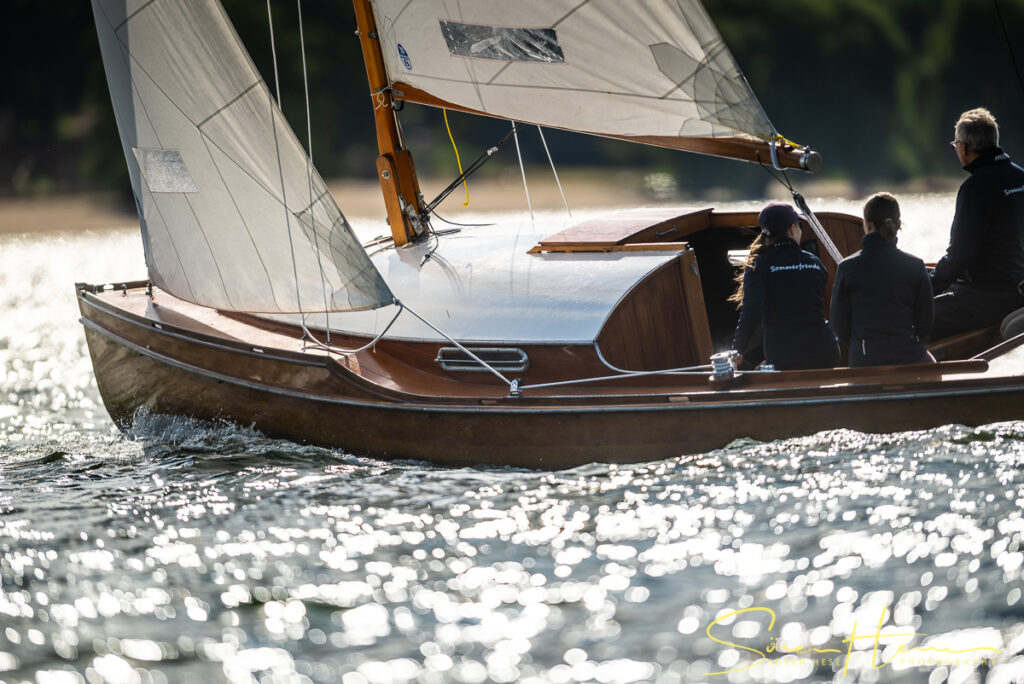
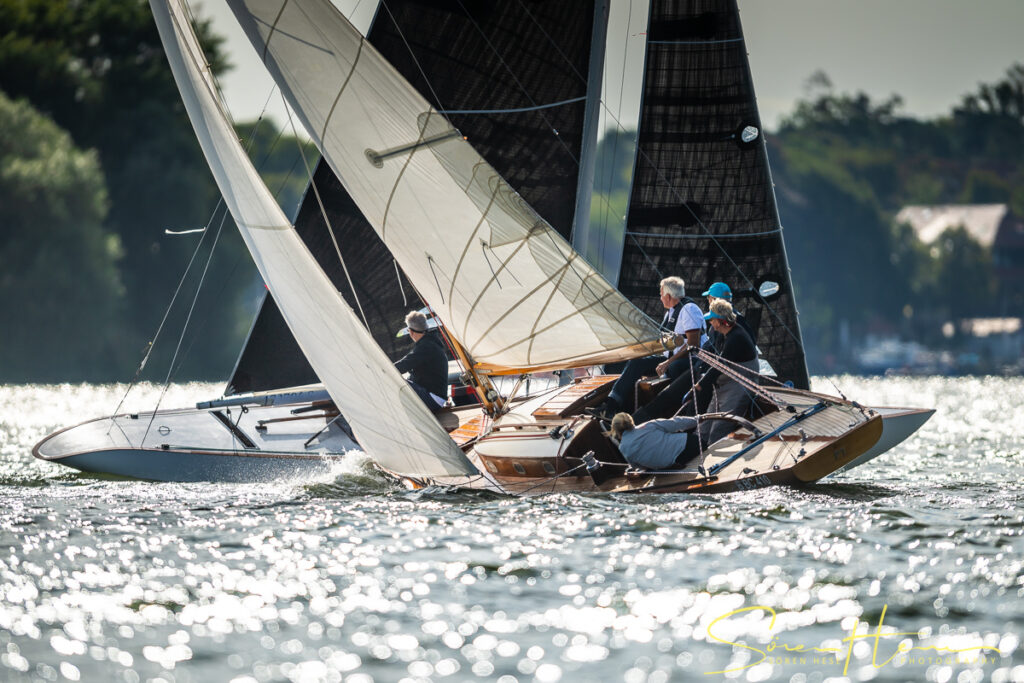
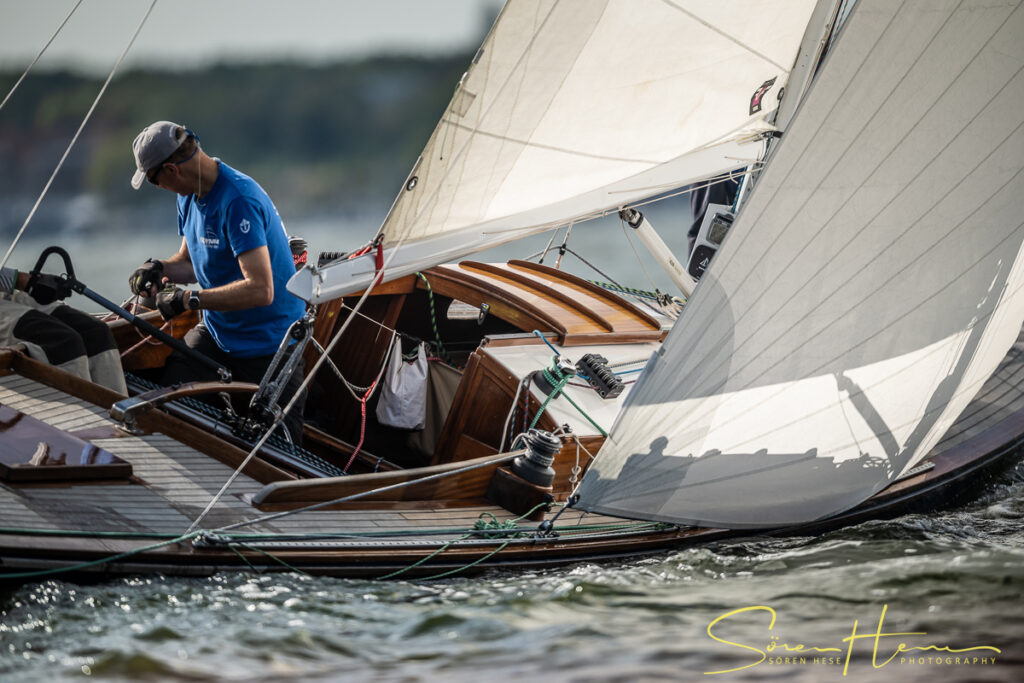
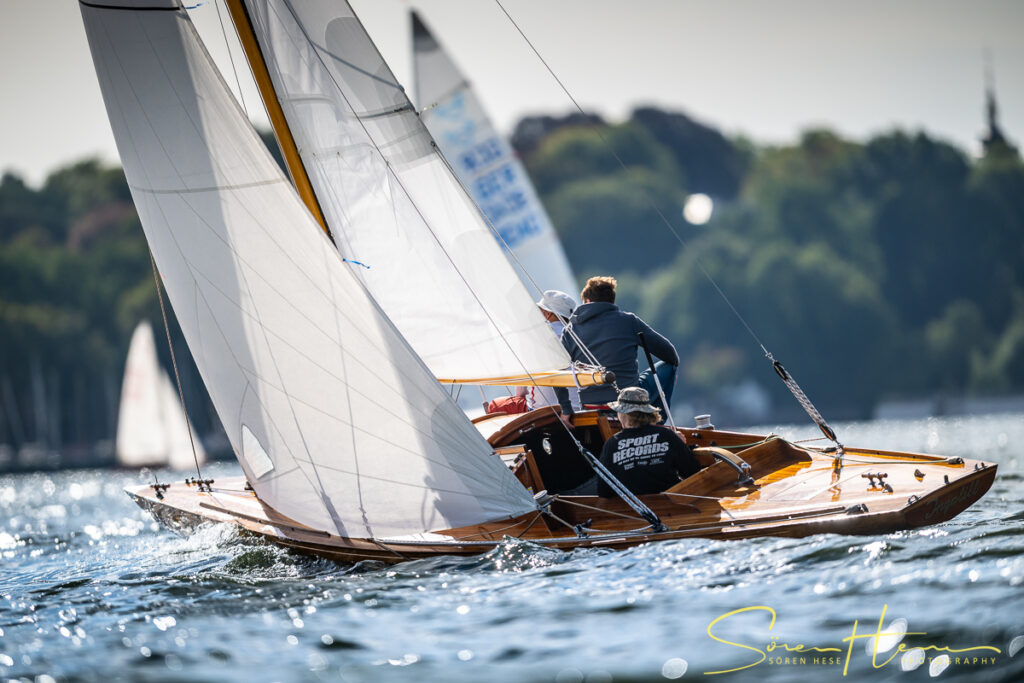
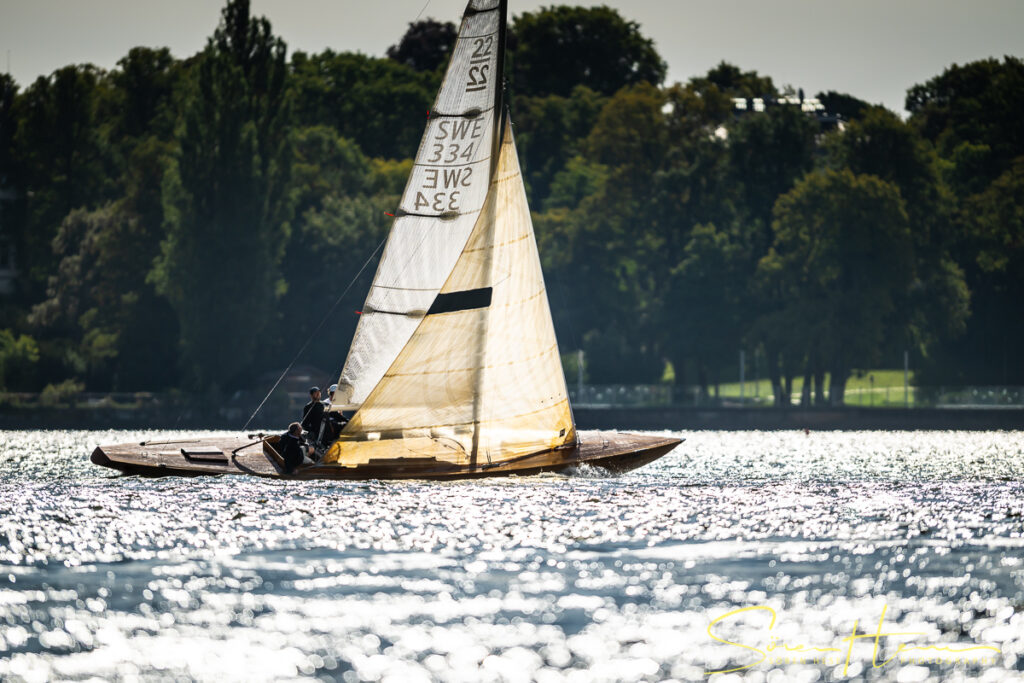
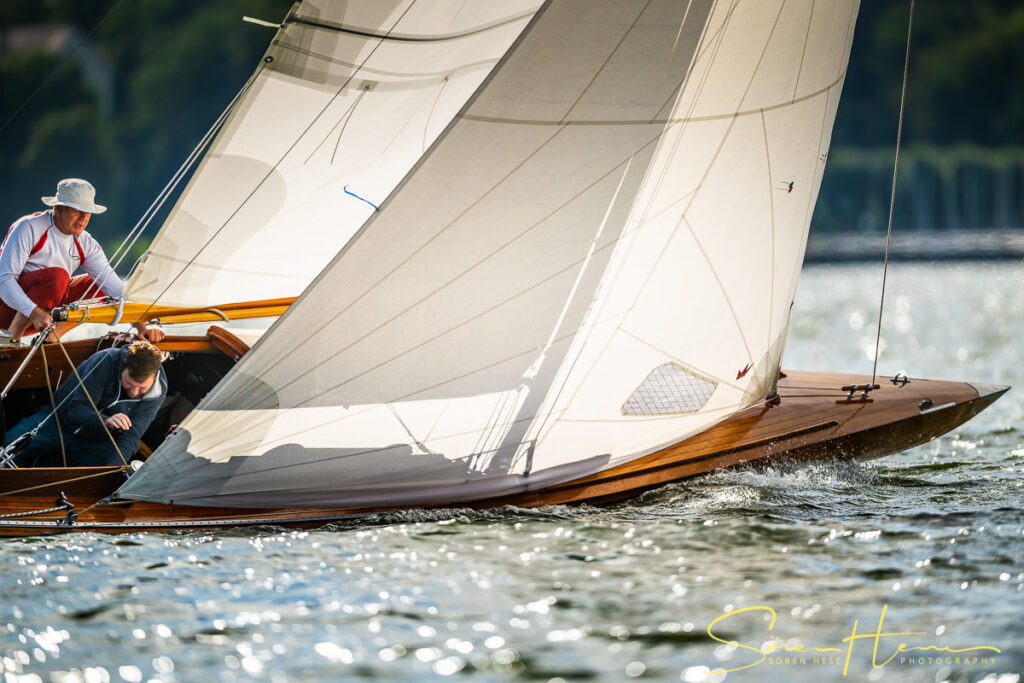
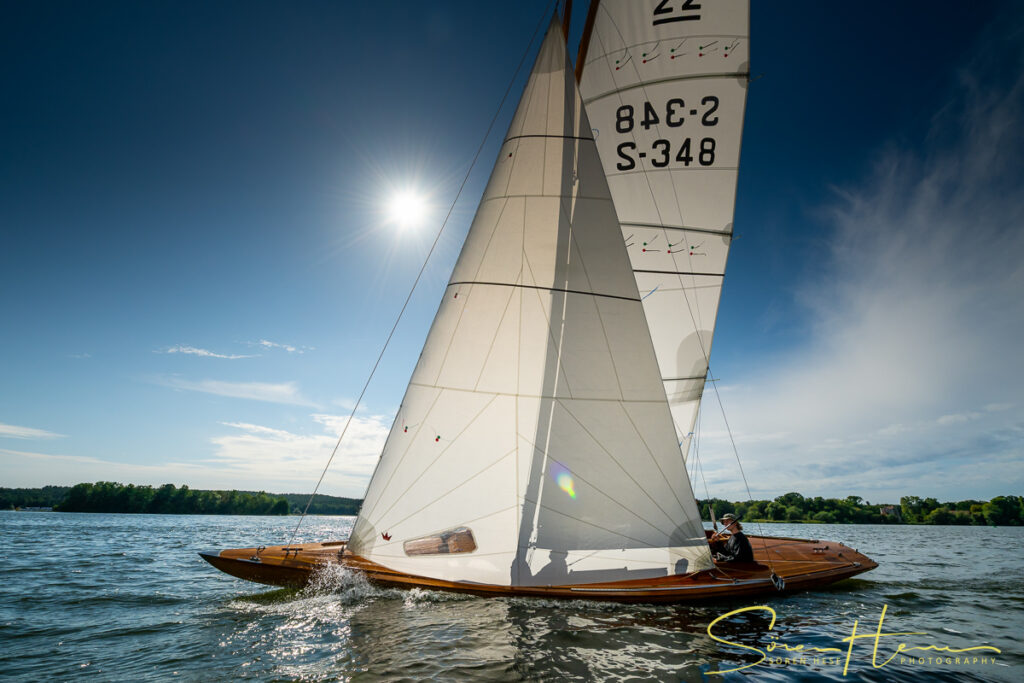
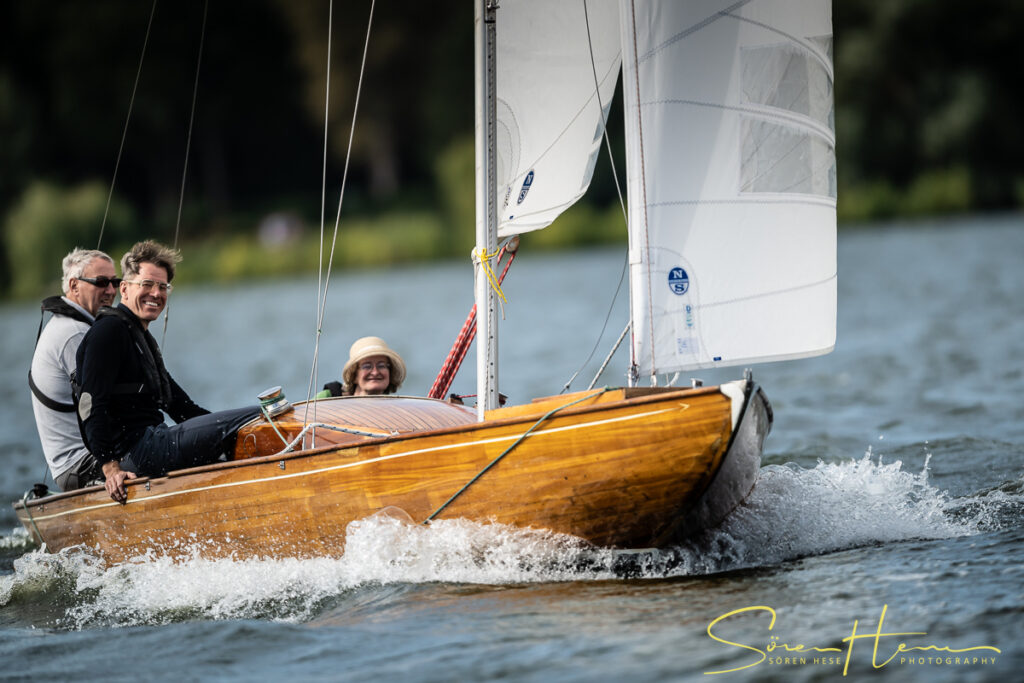
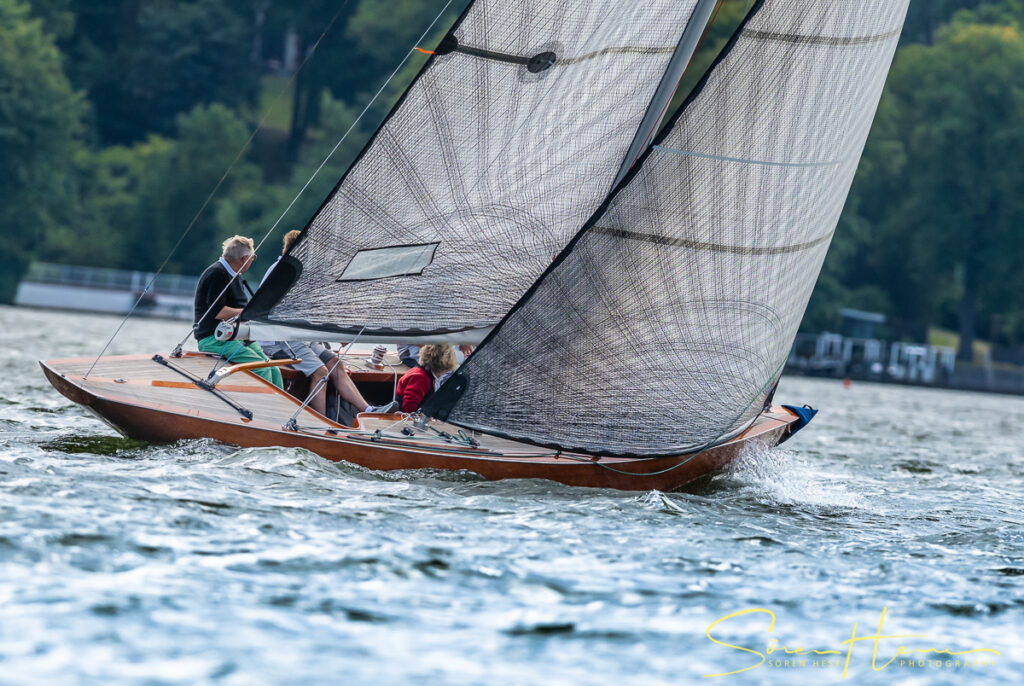
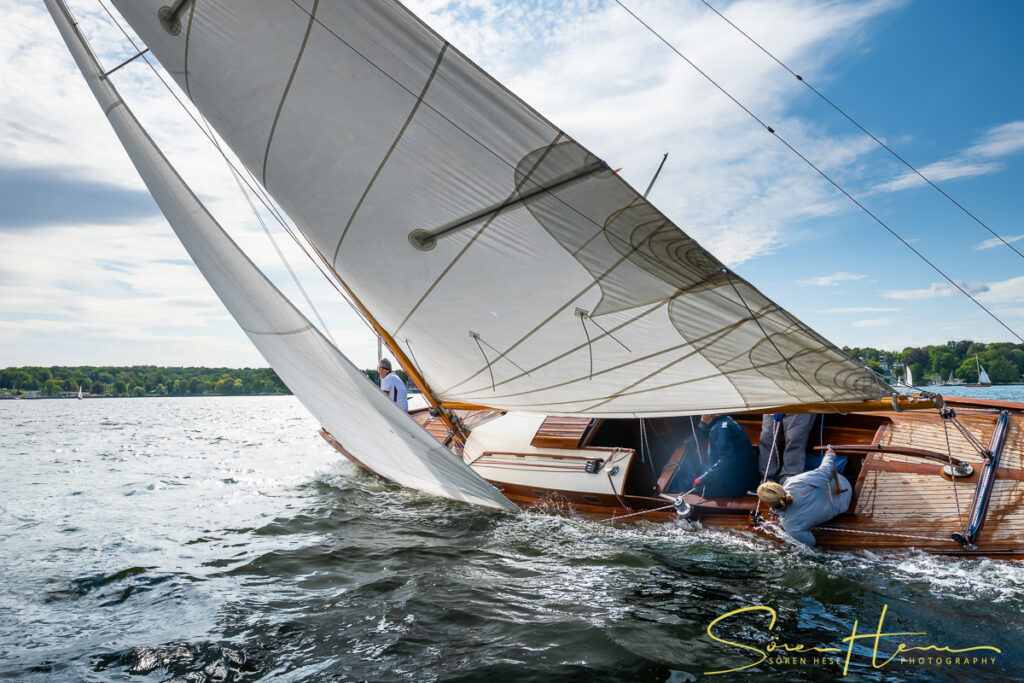
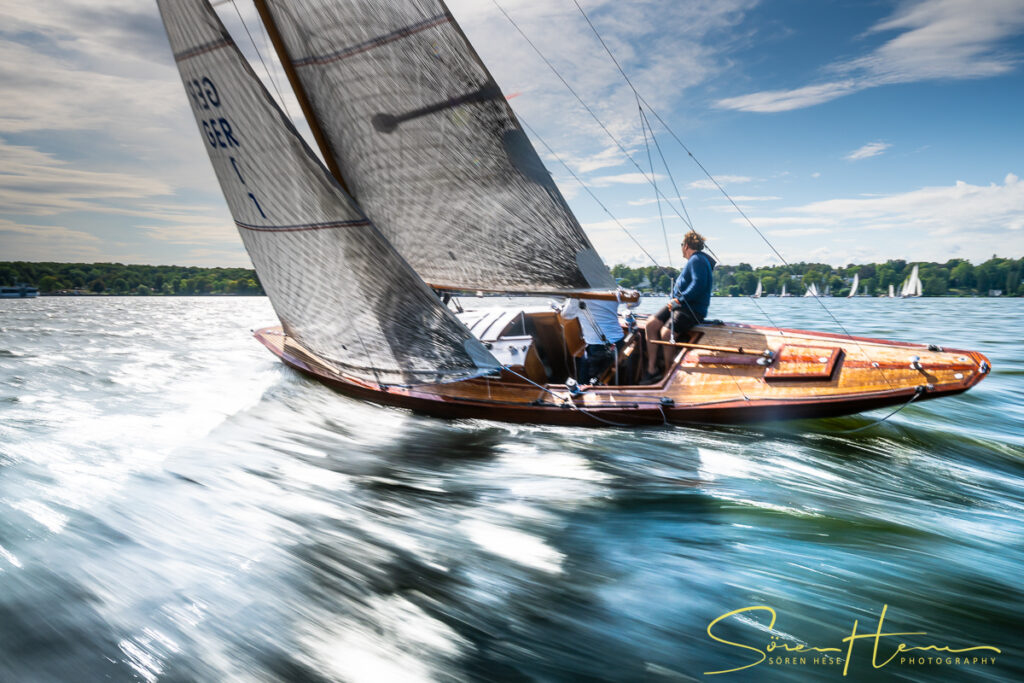
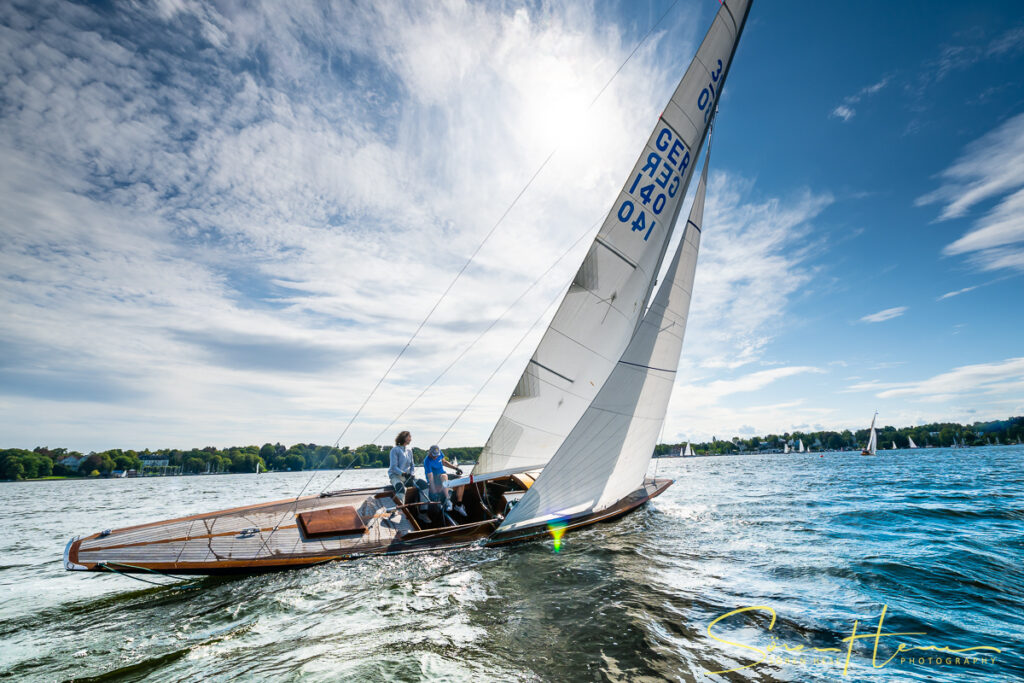
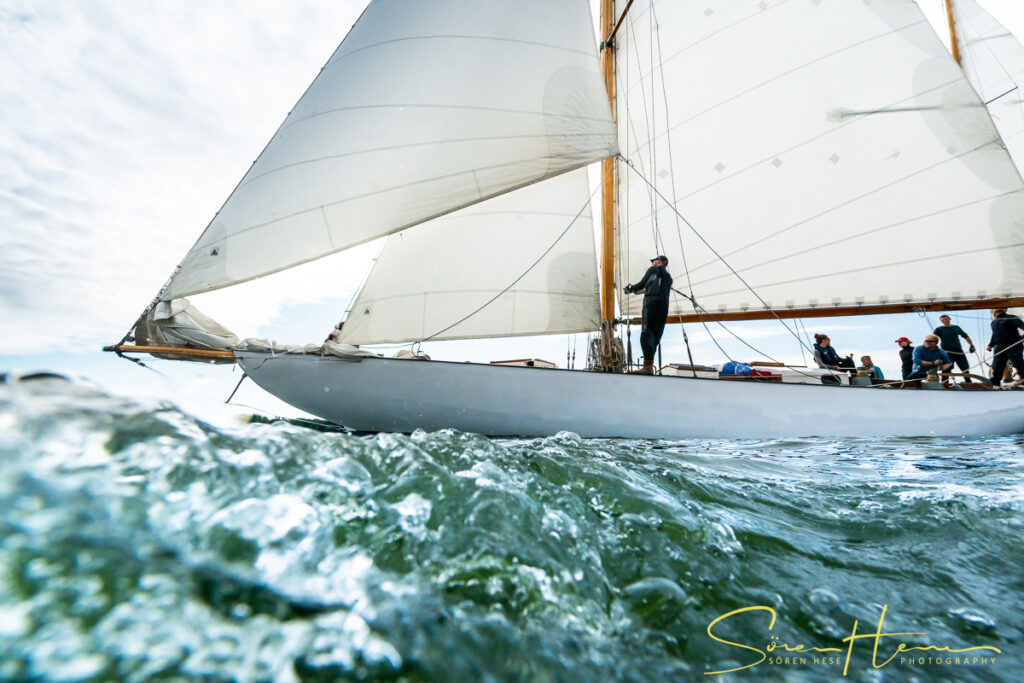
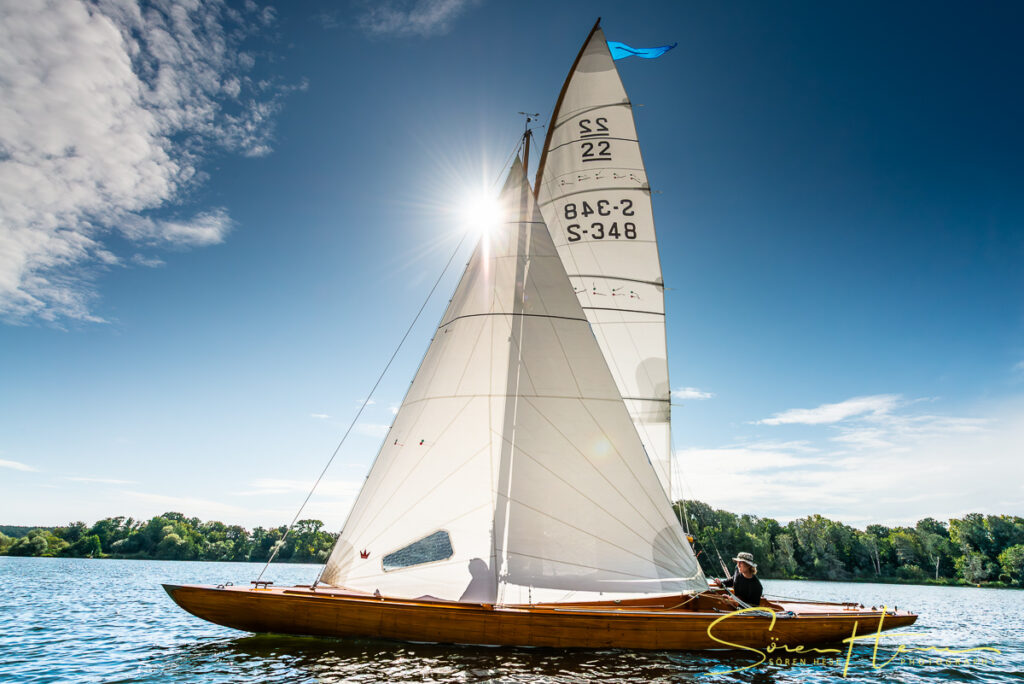
Images from Wannsee Klassik regatta in August ’25.
